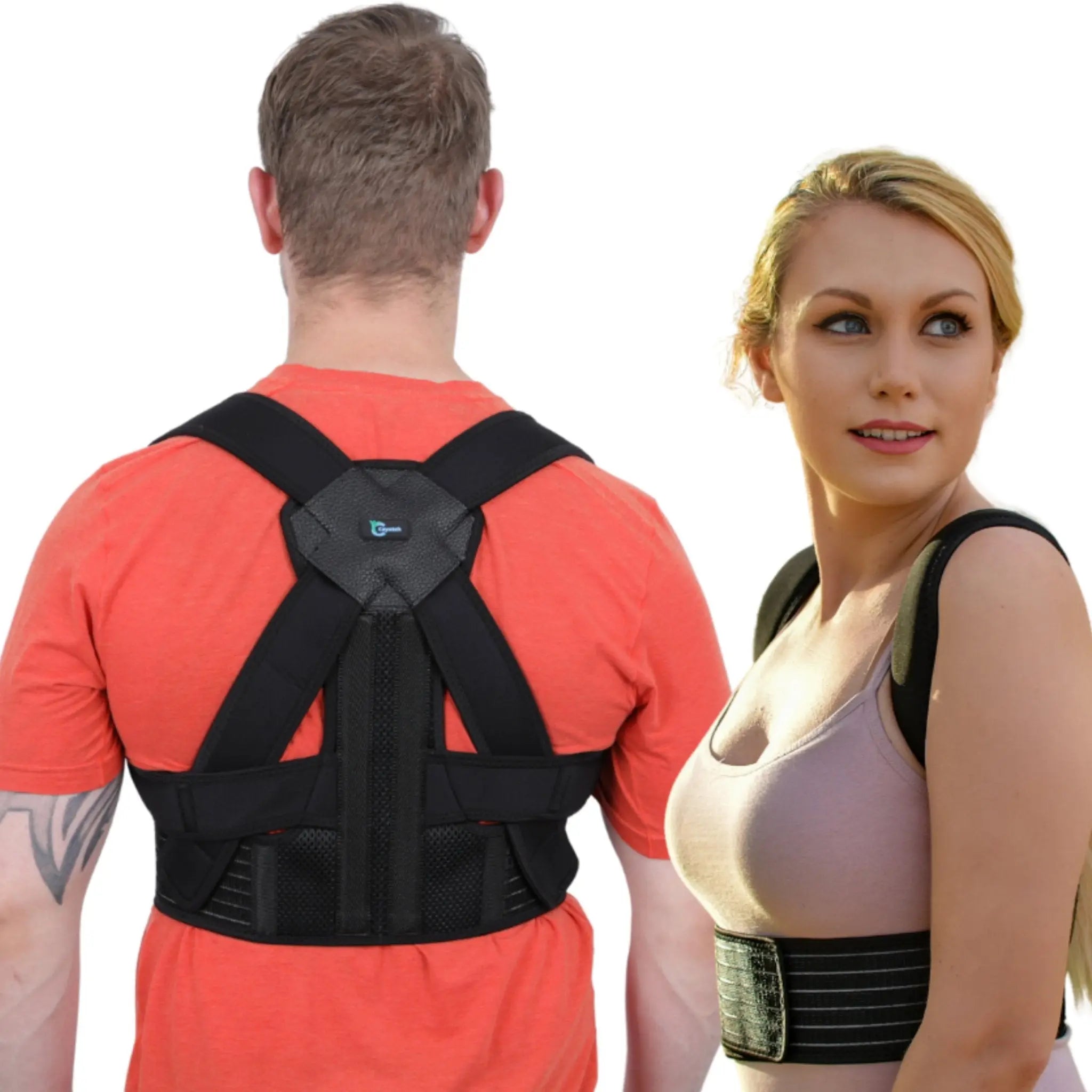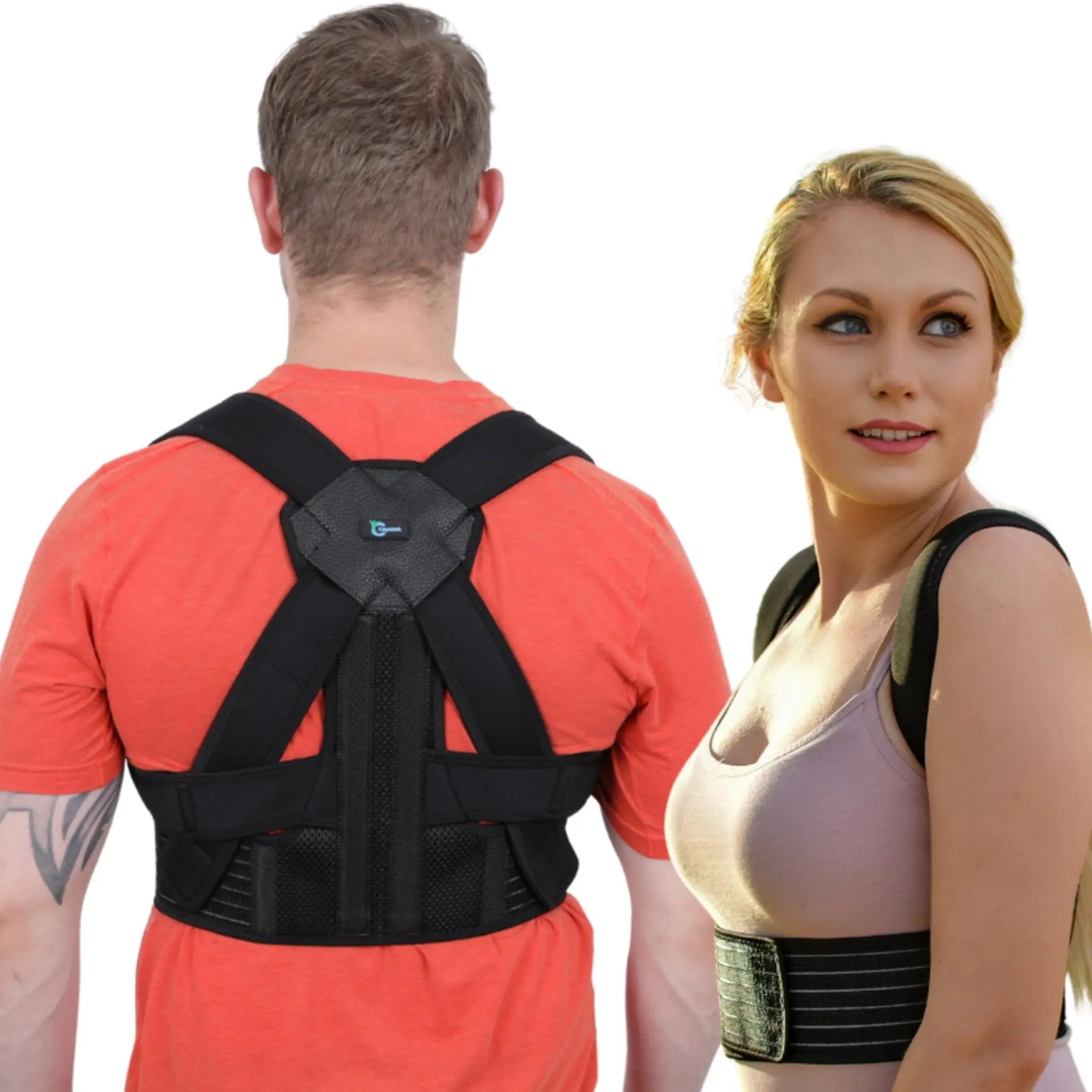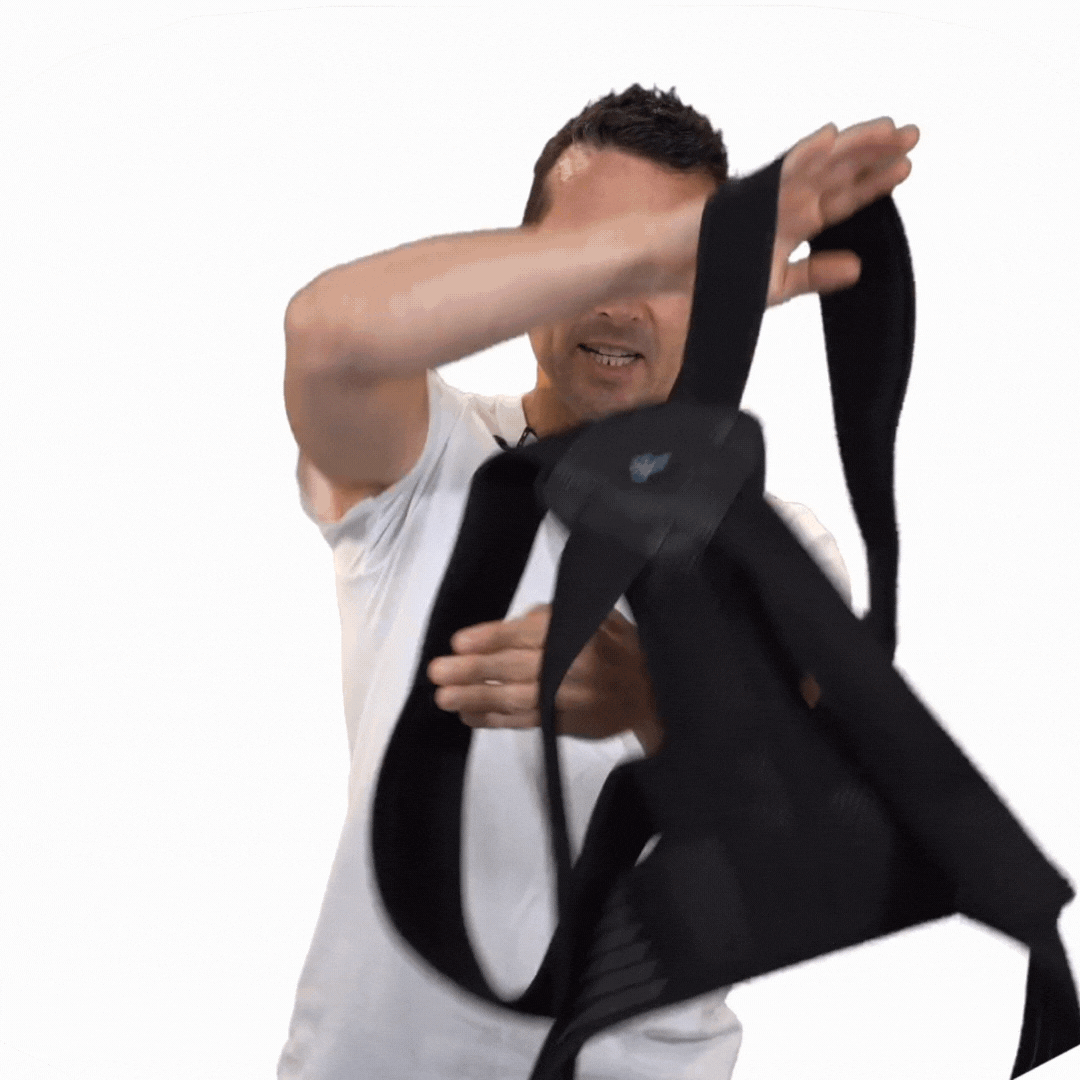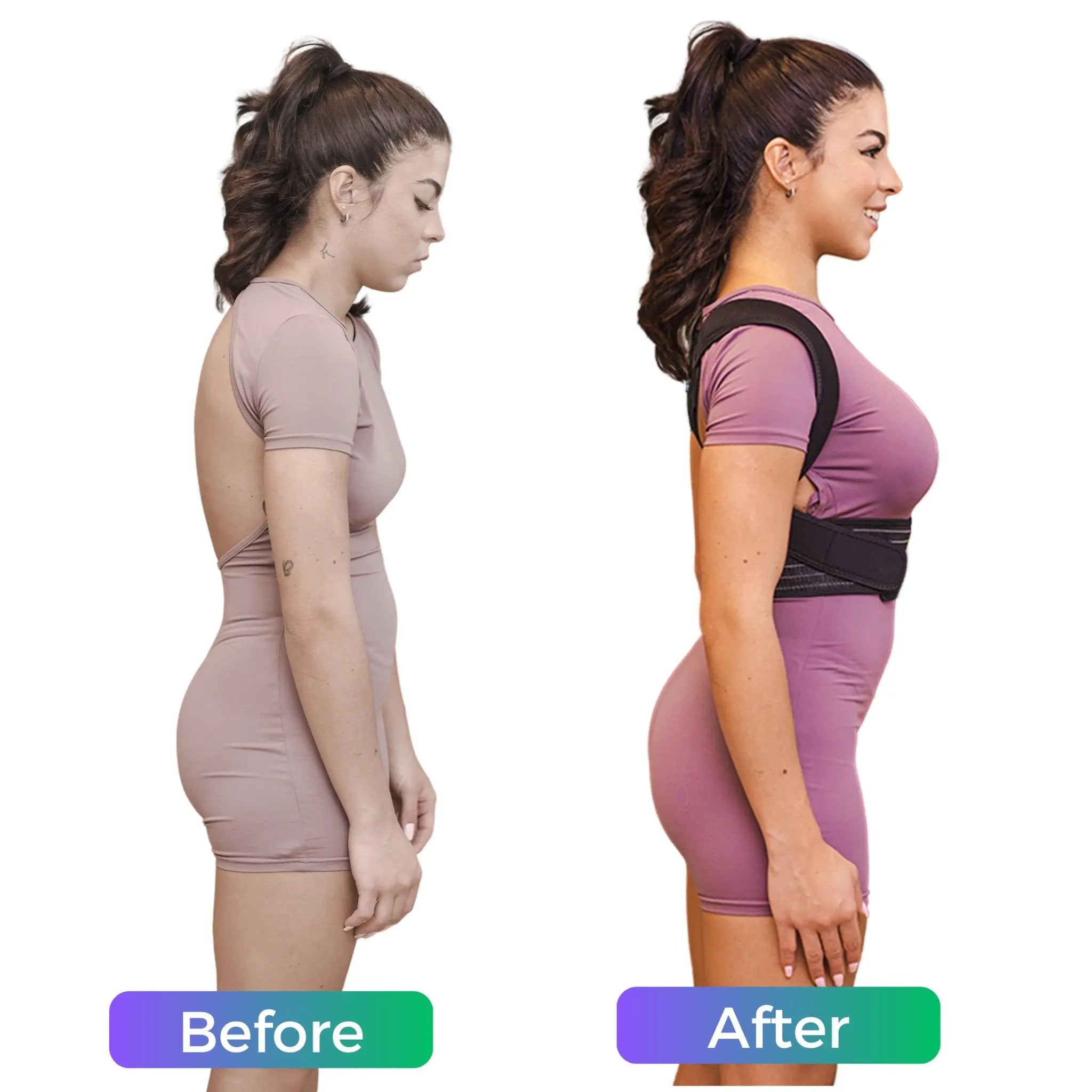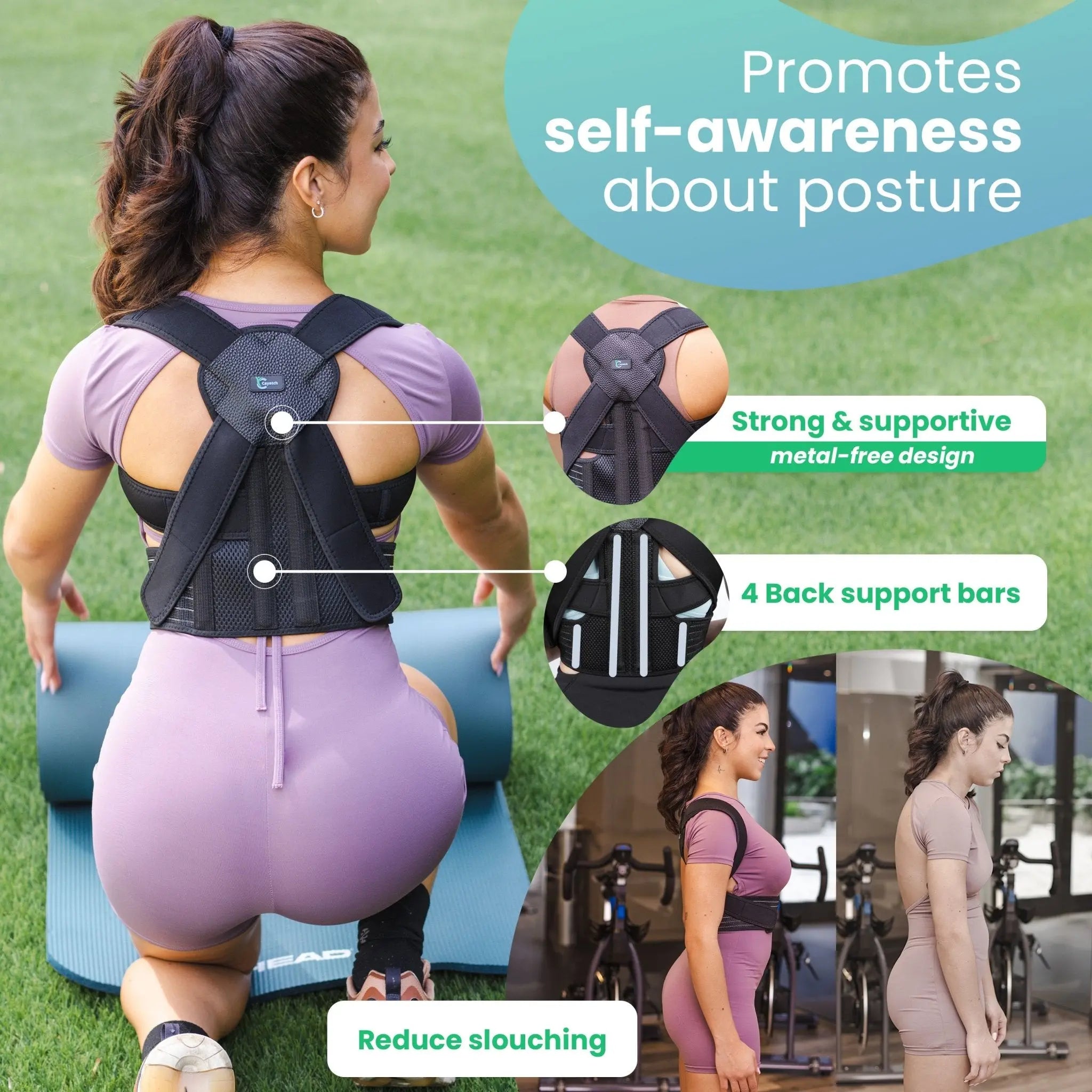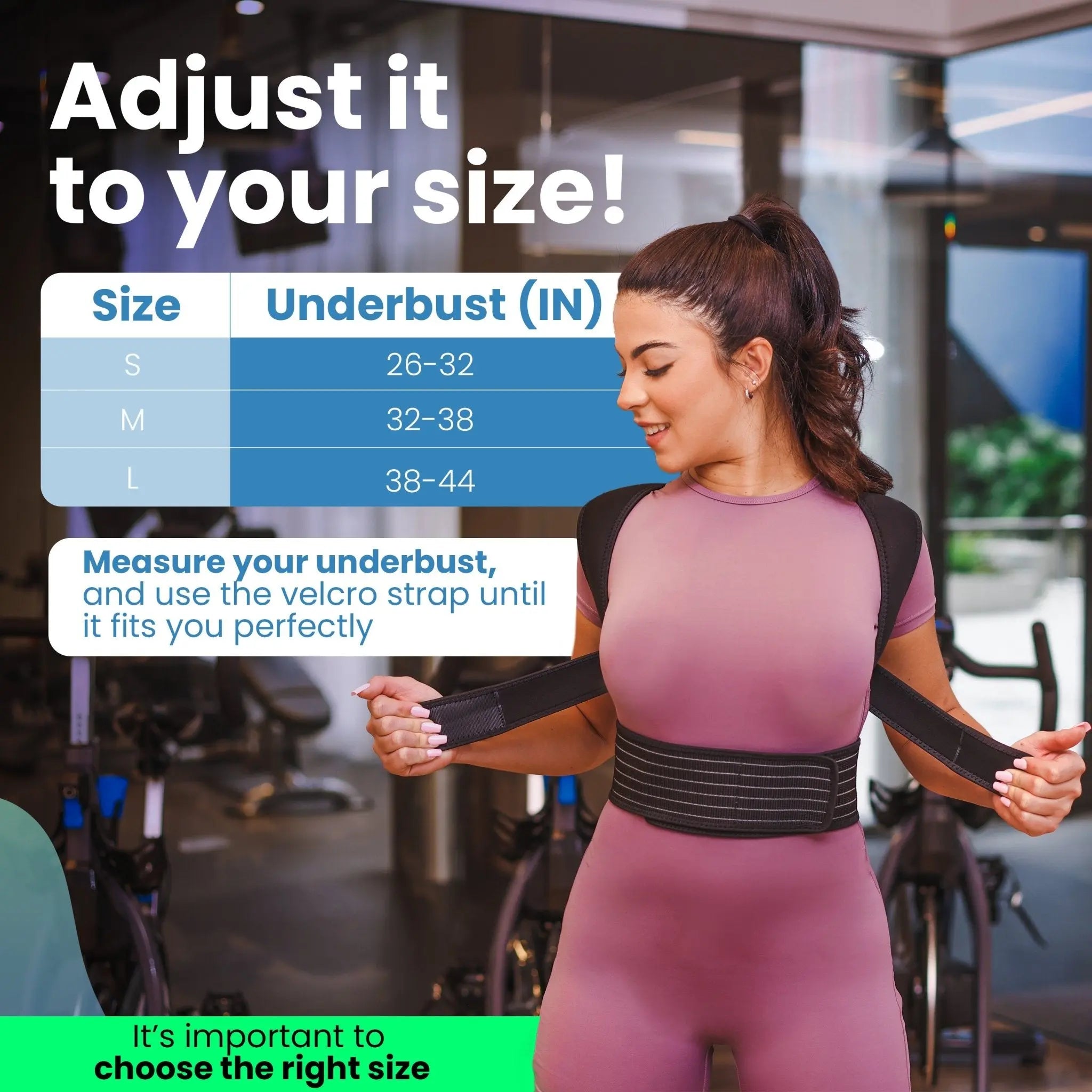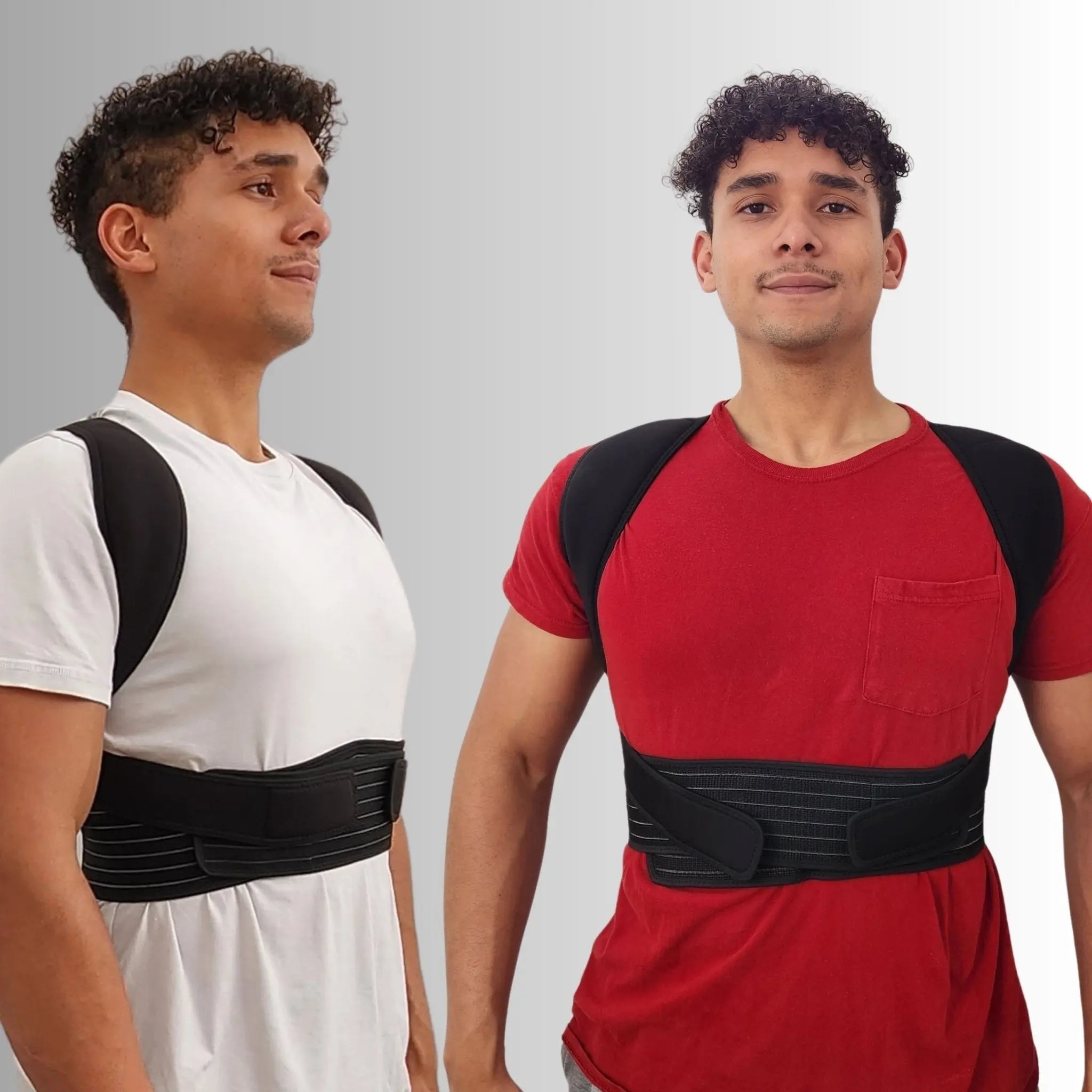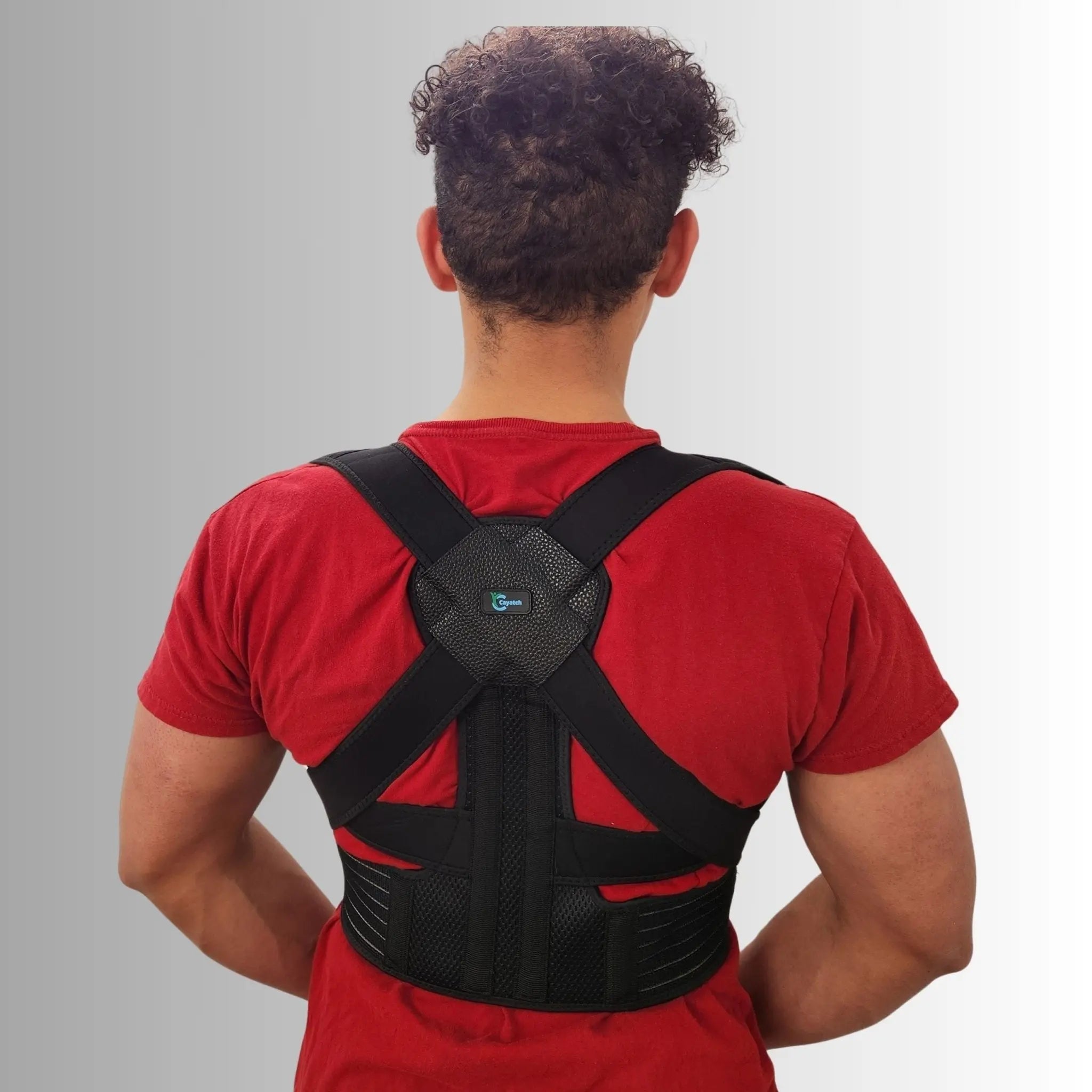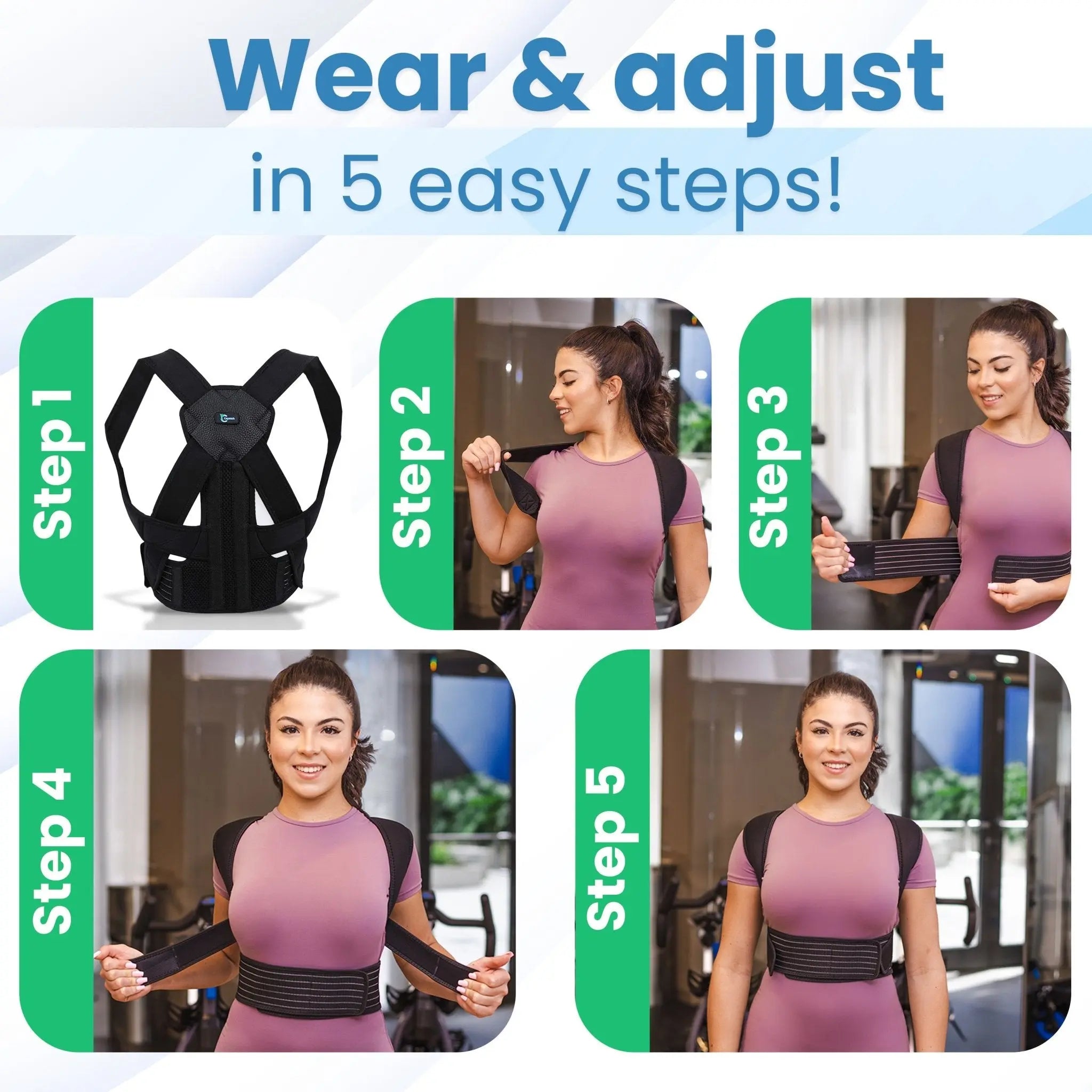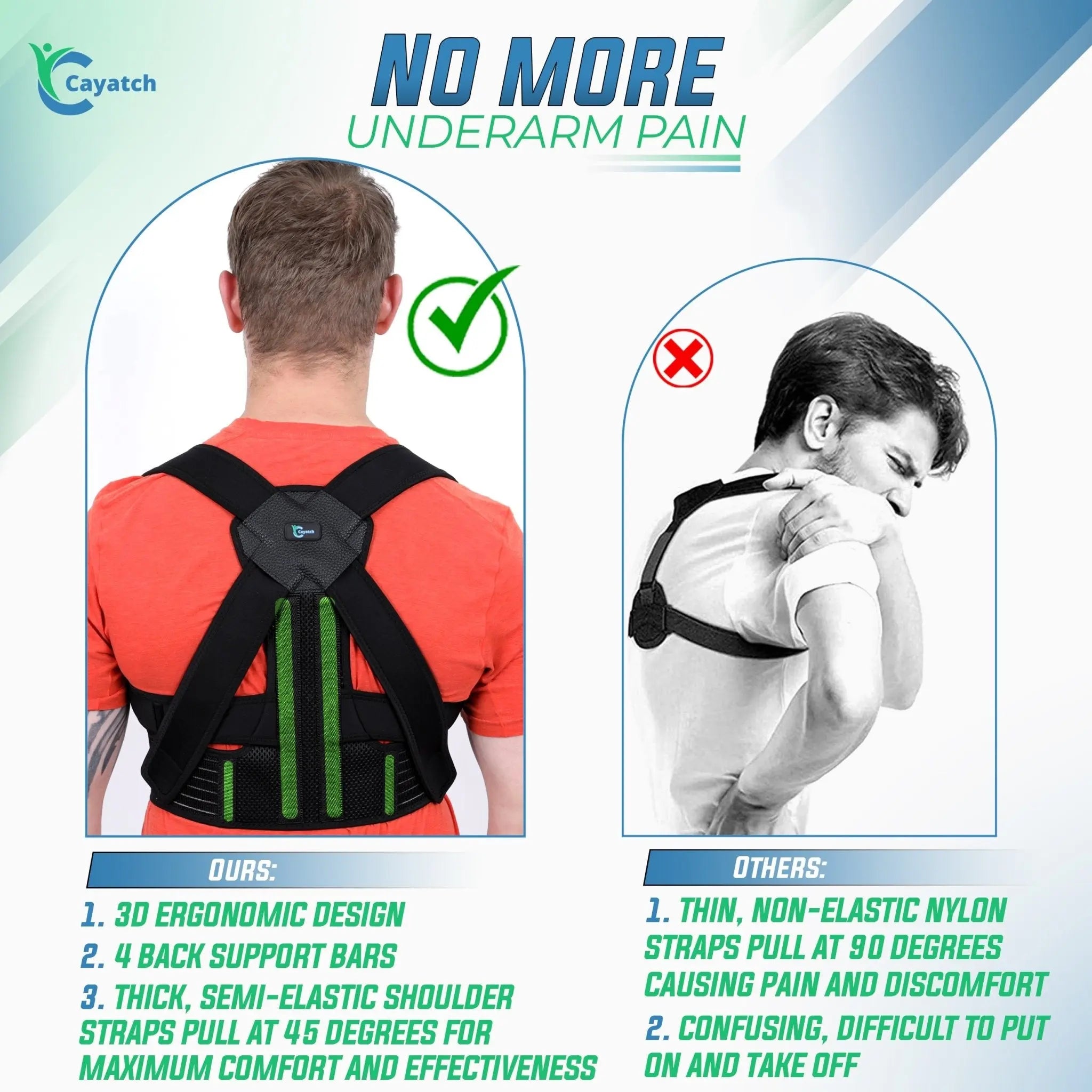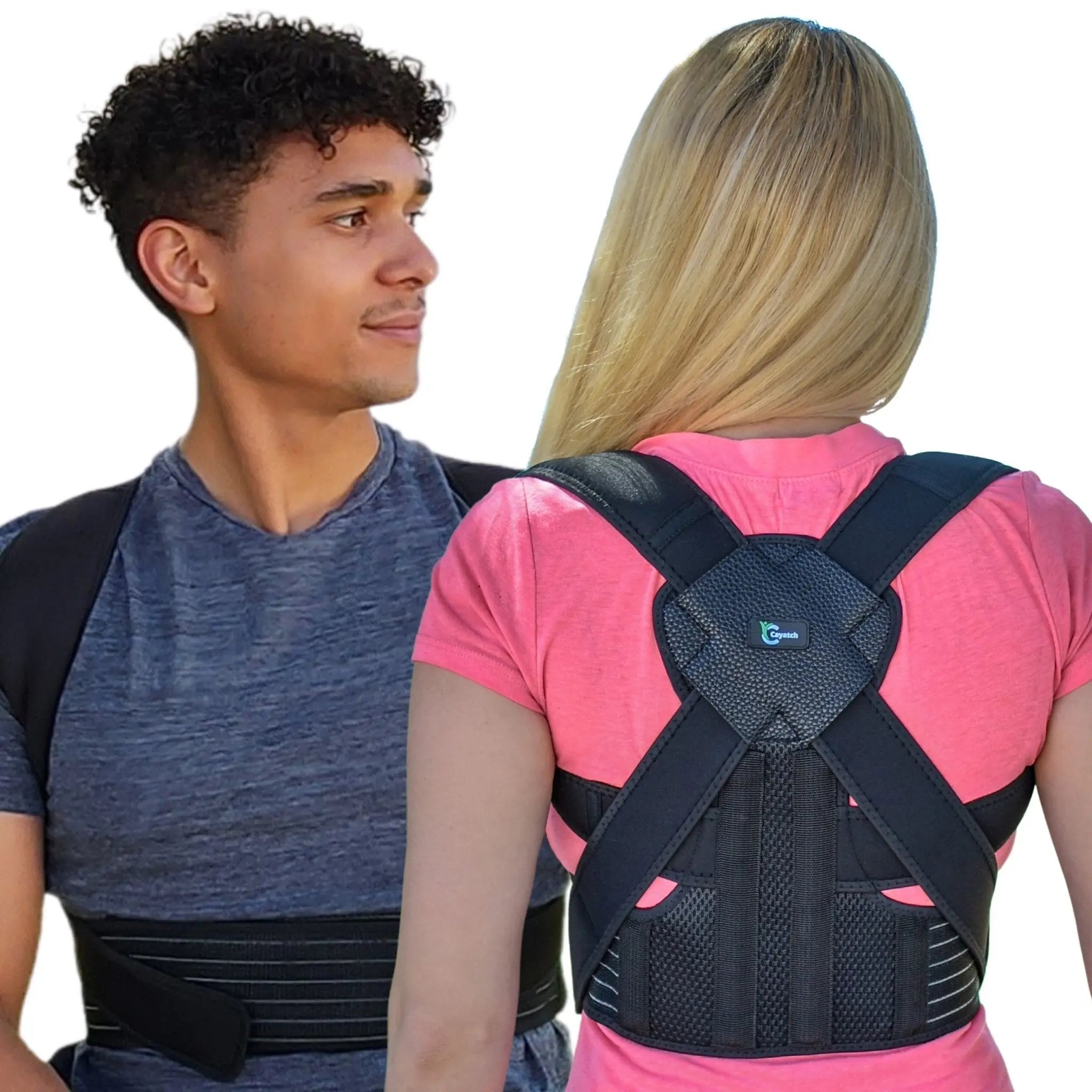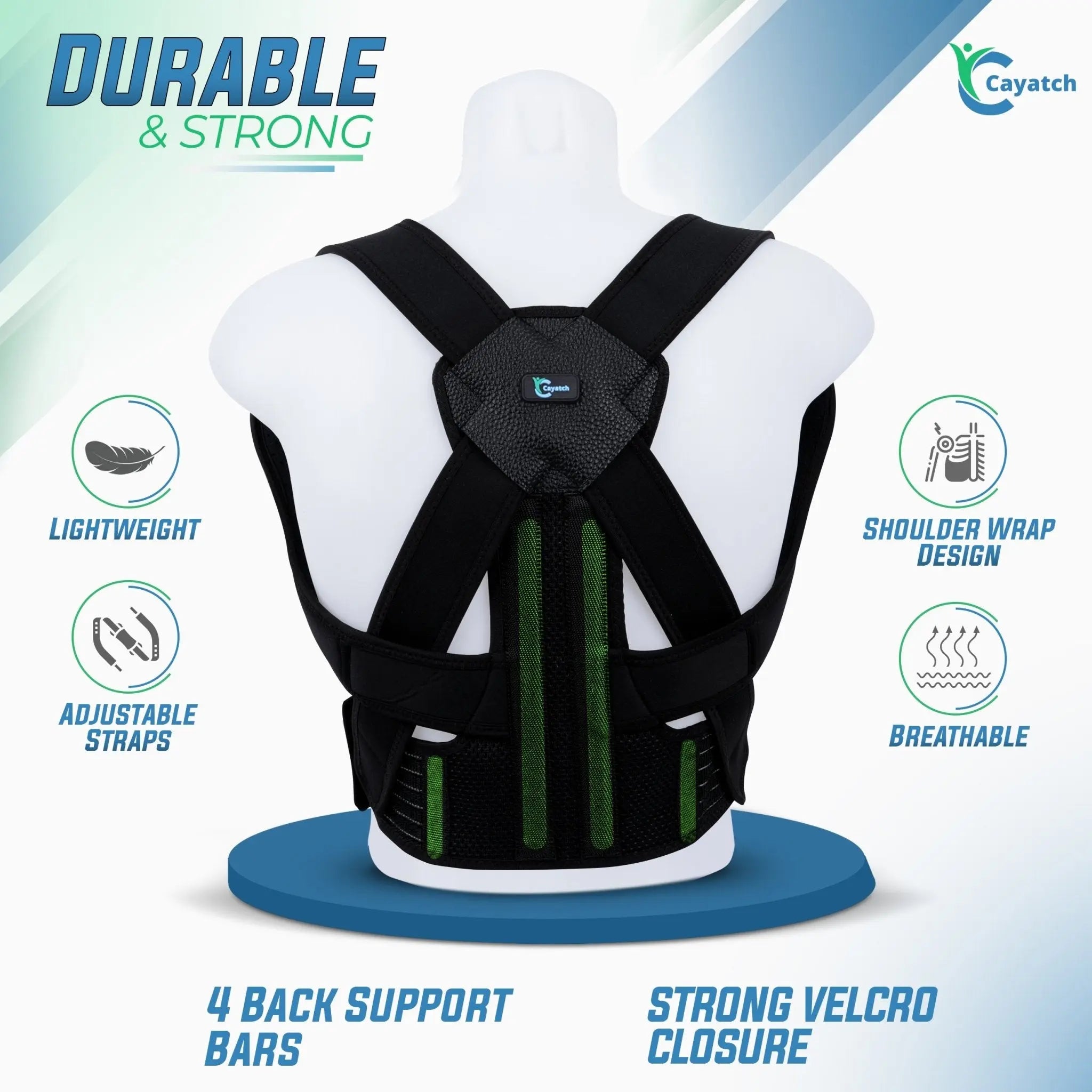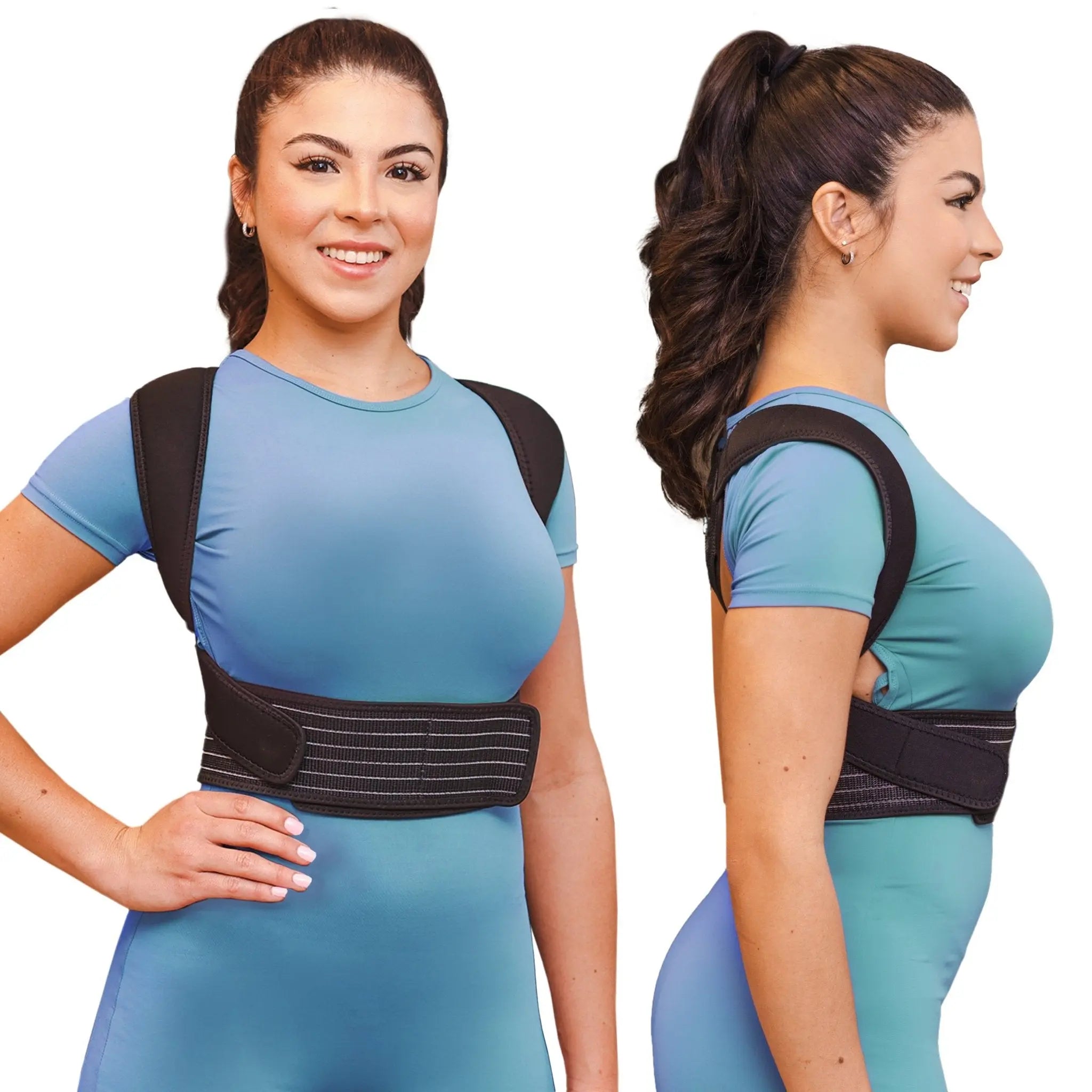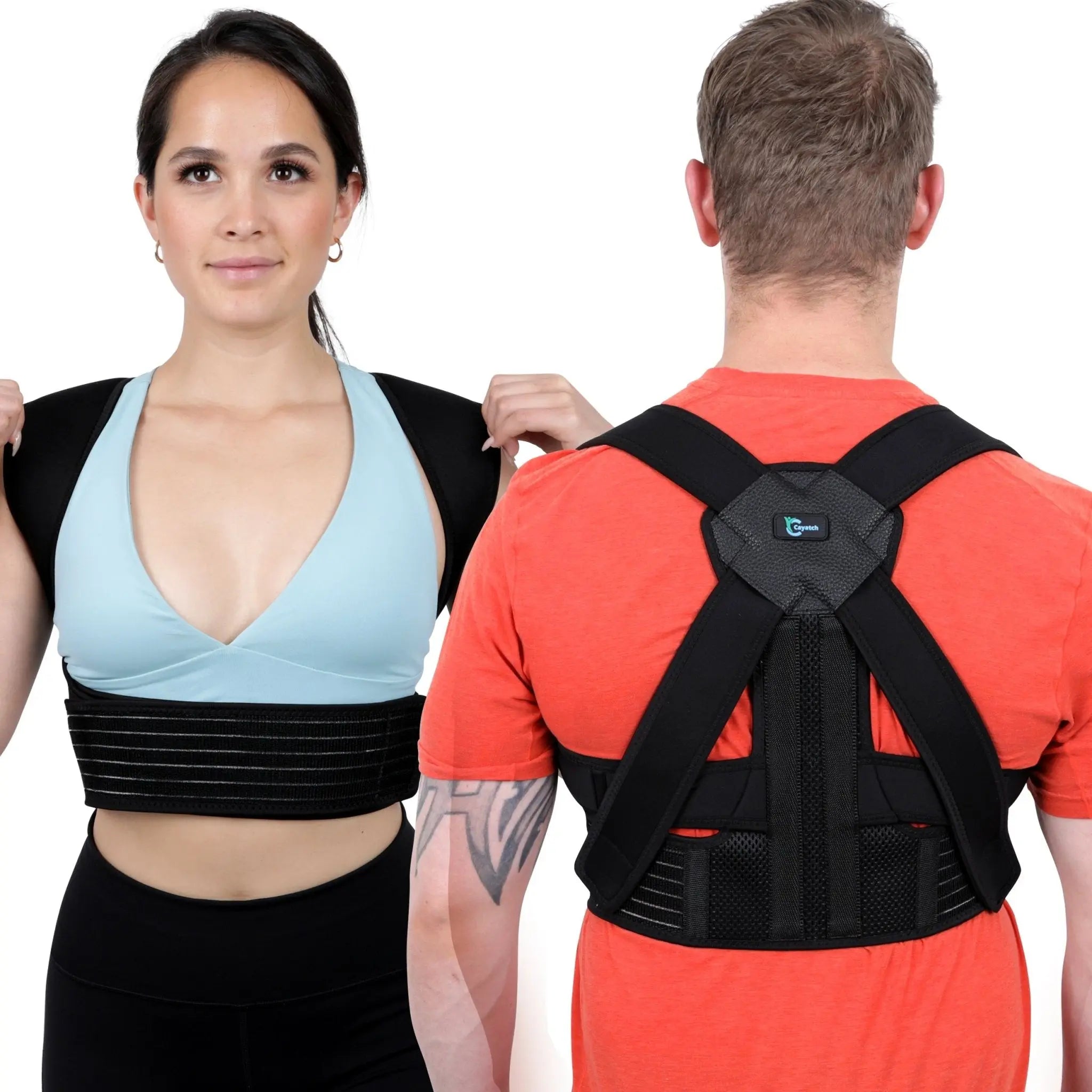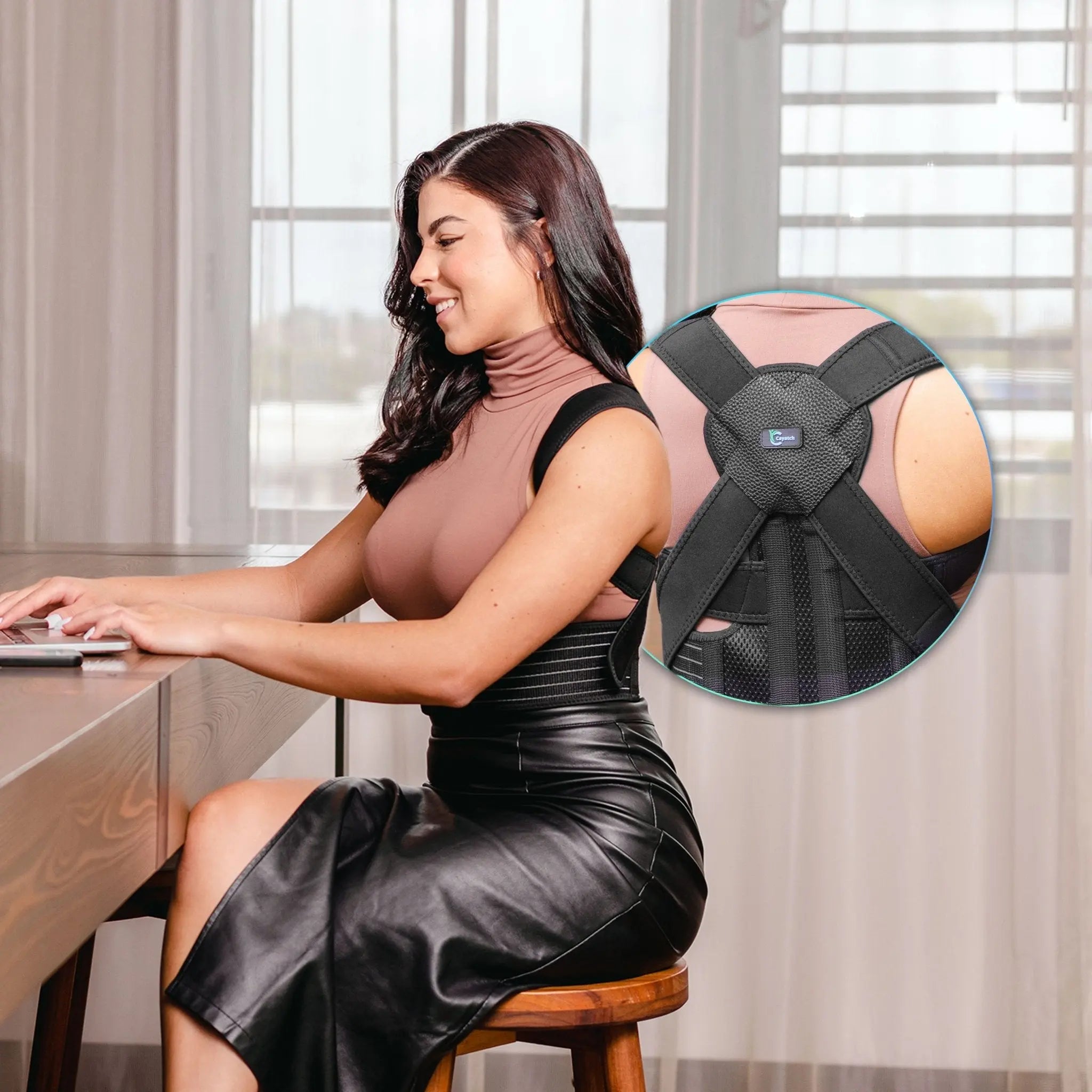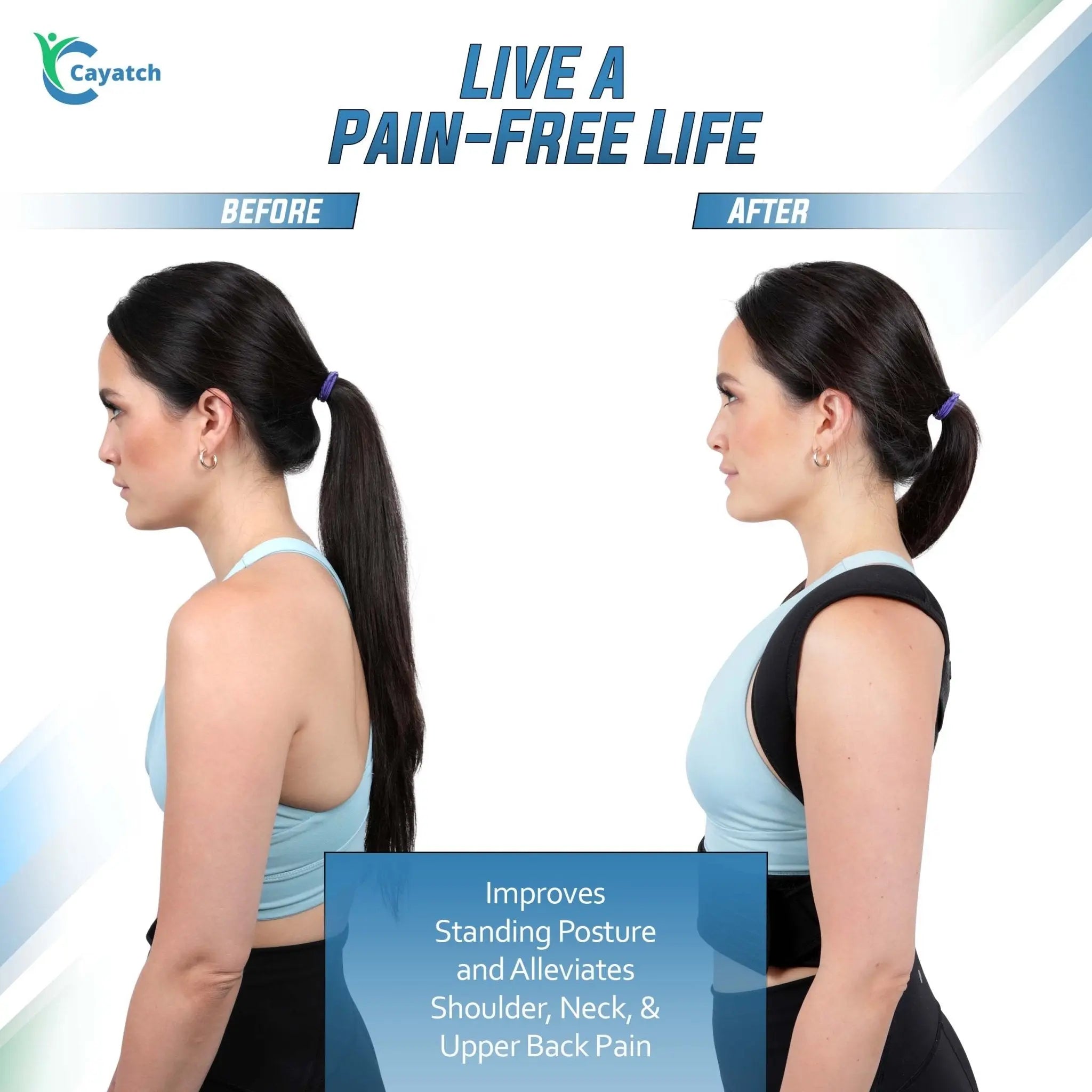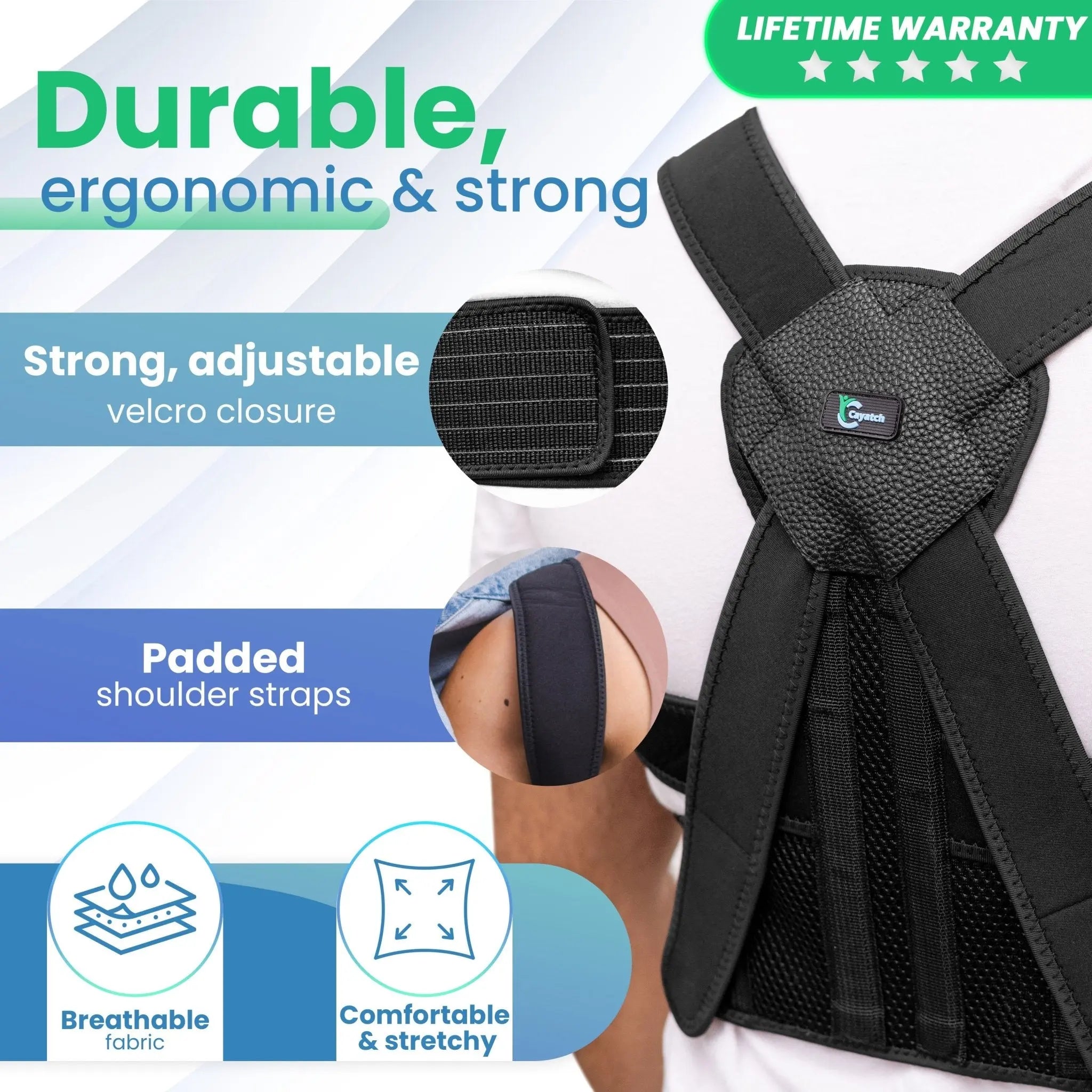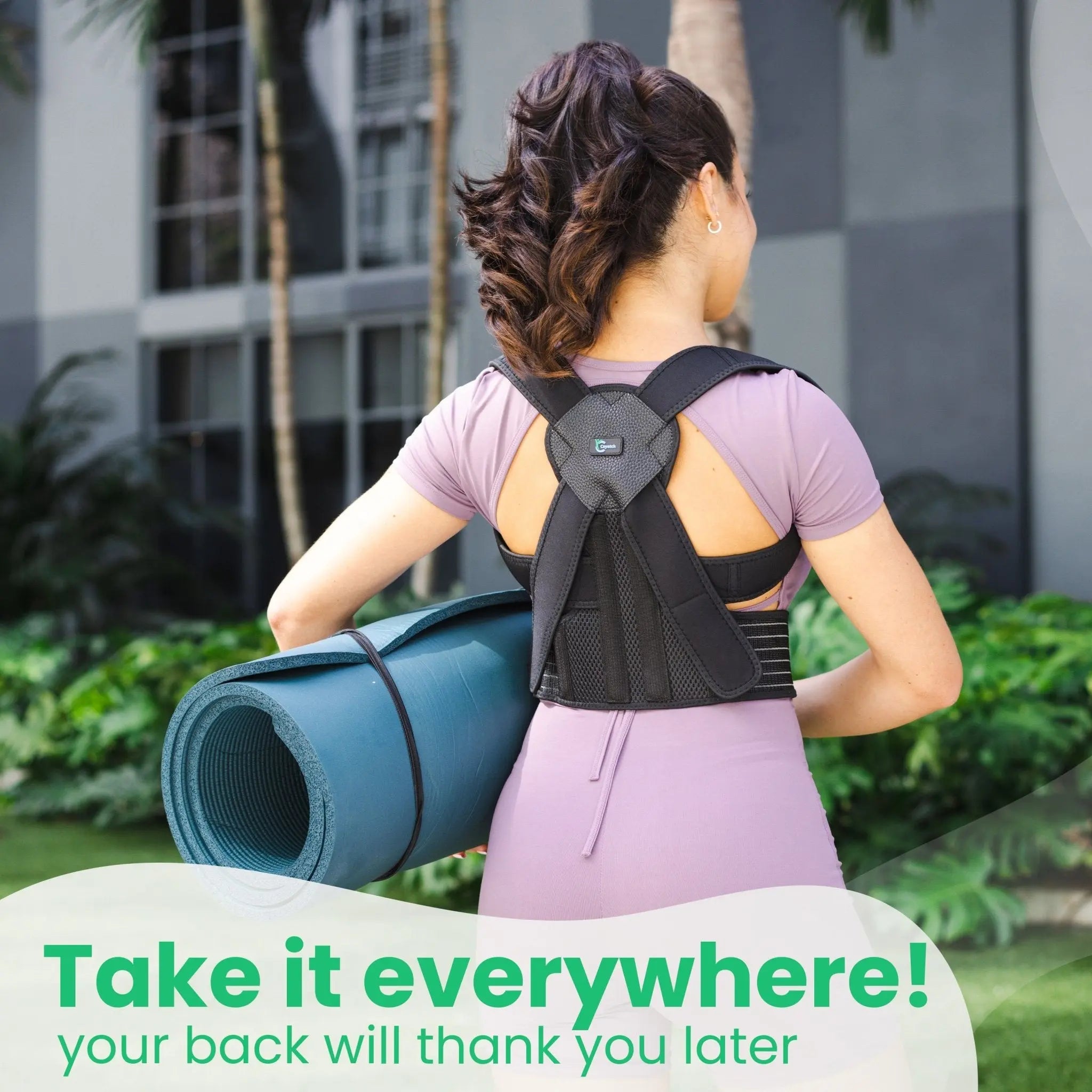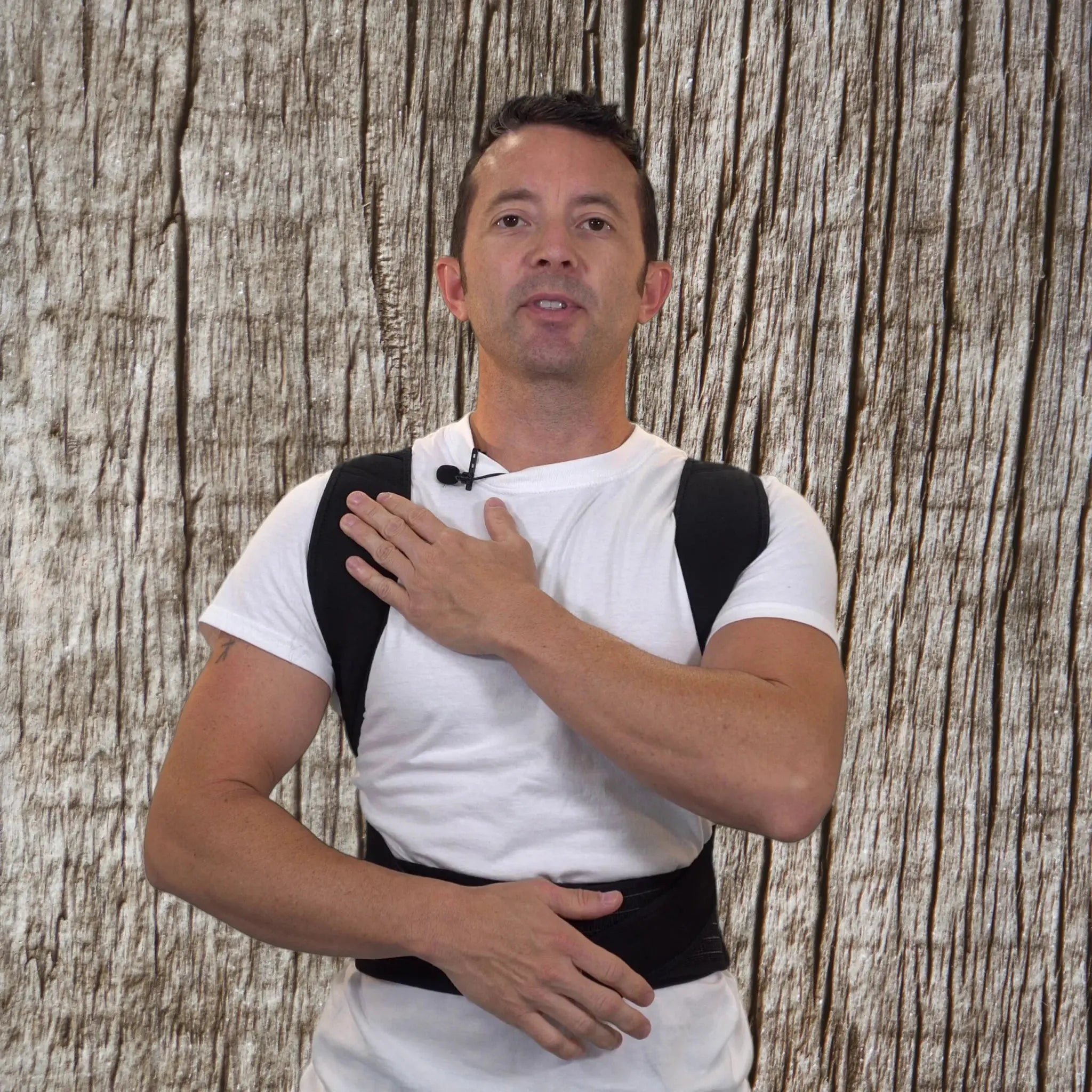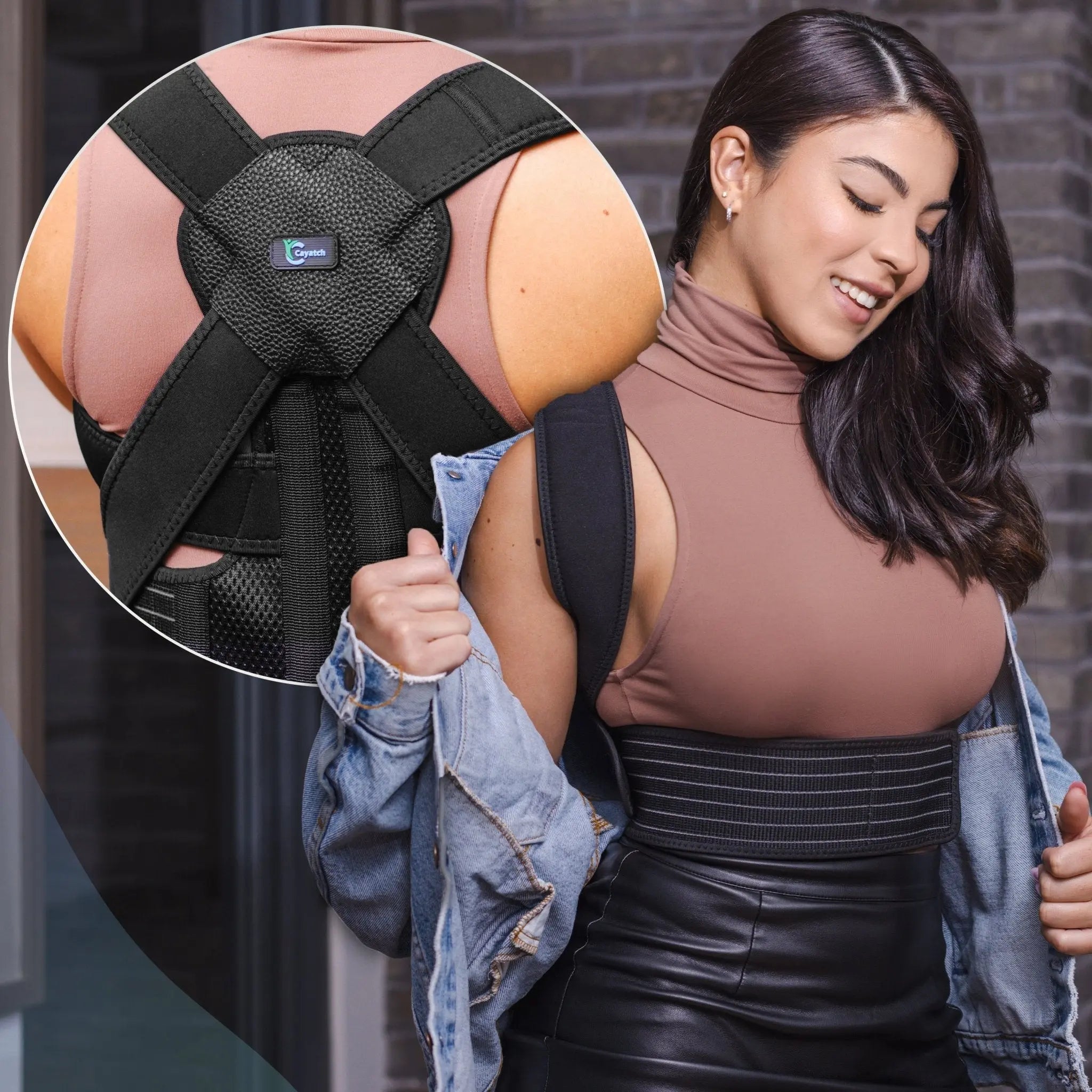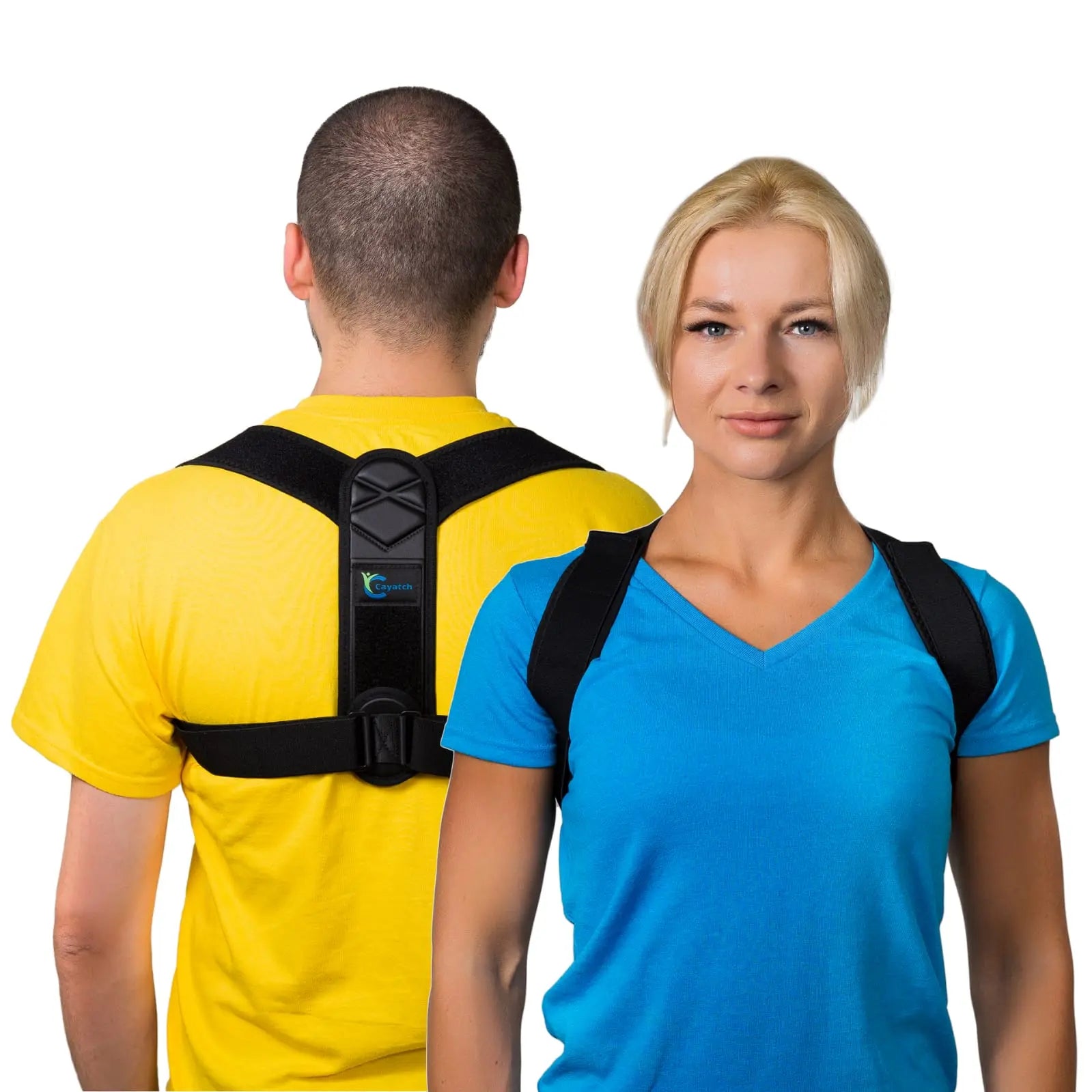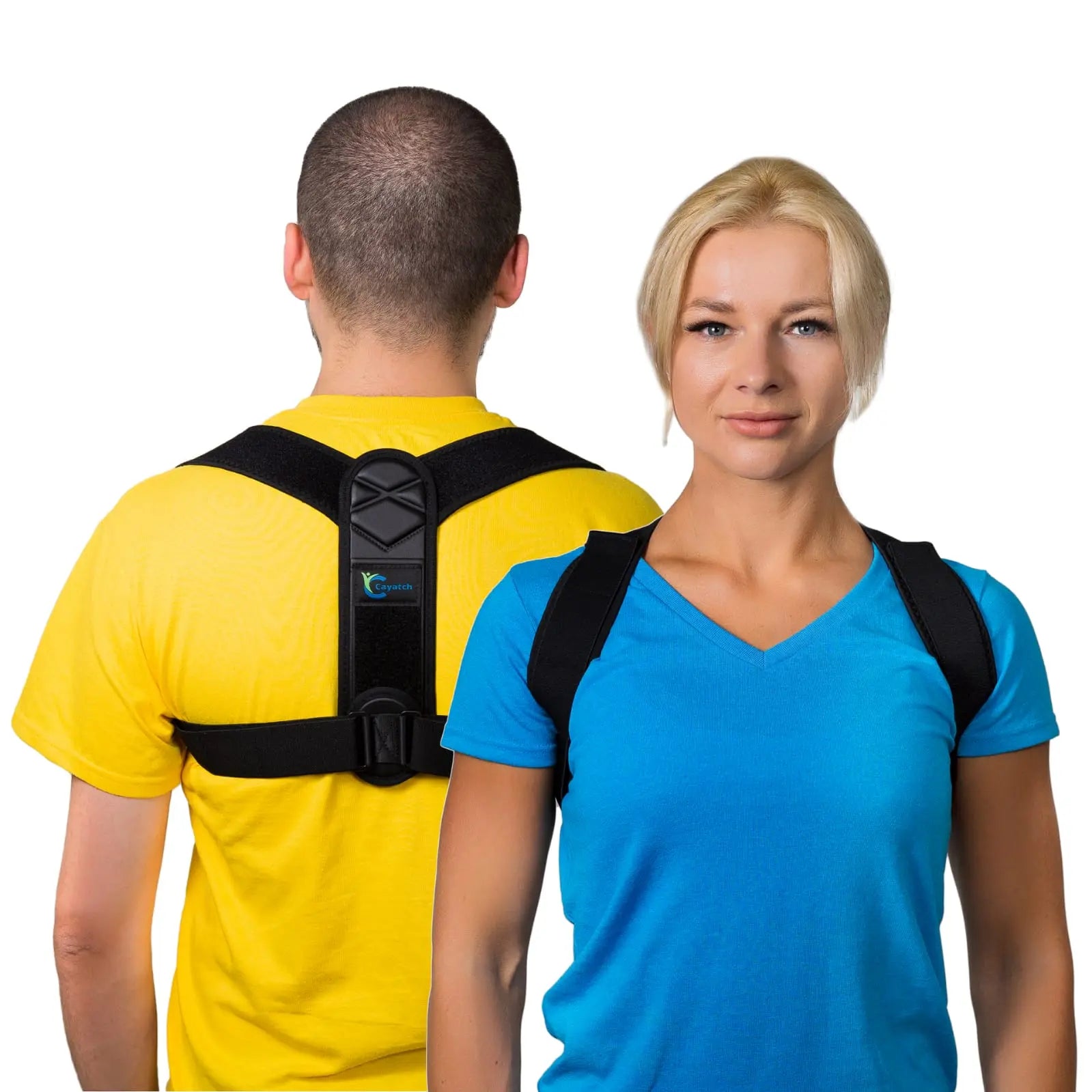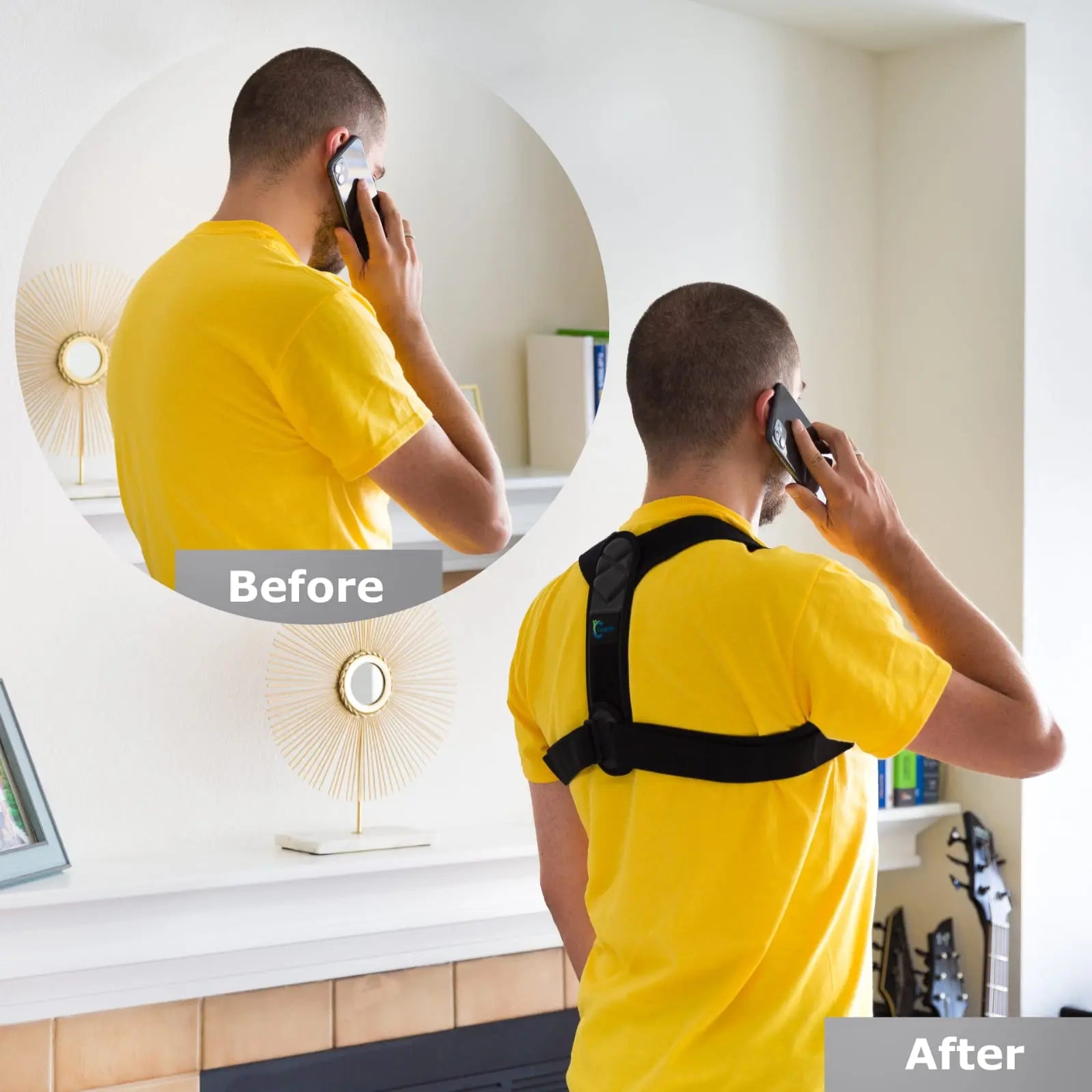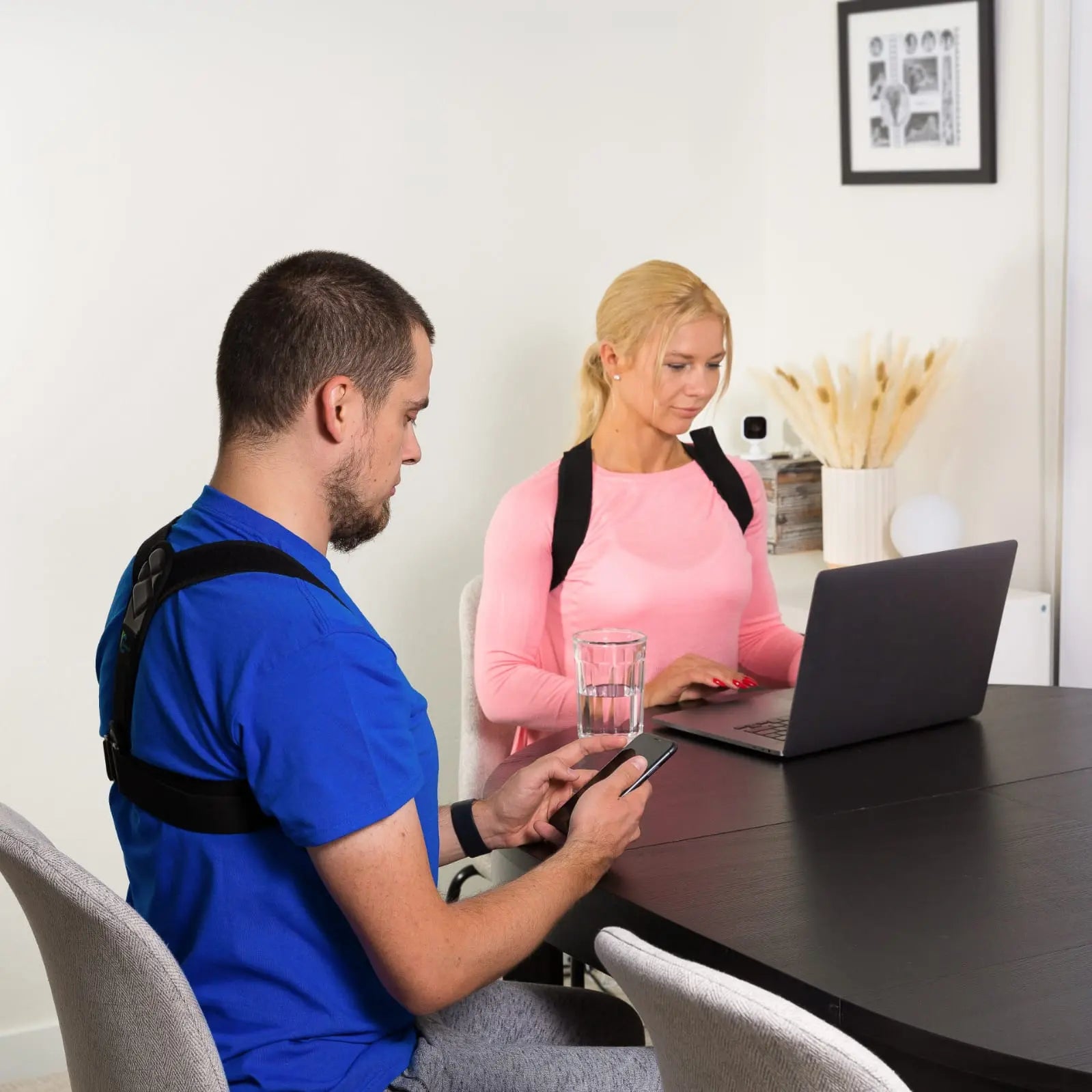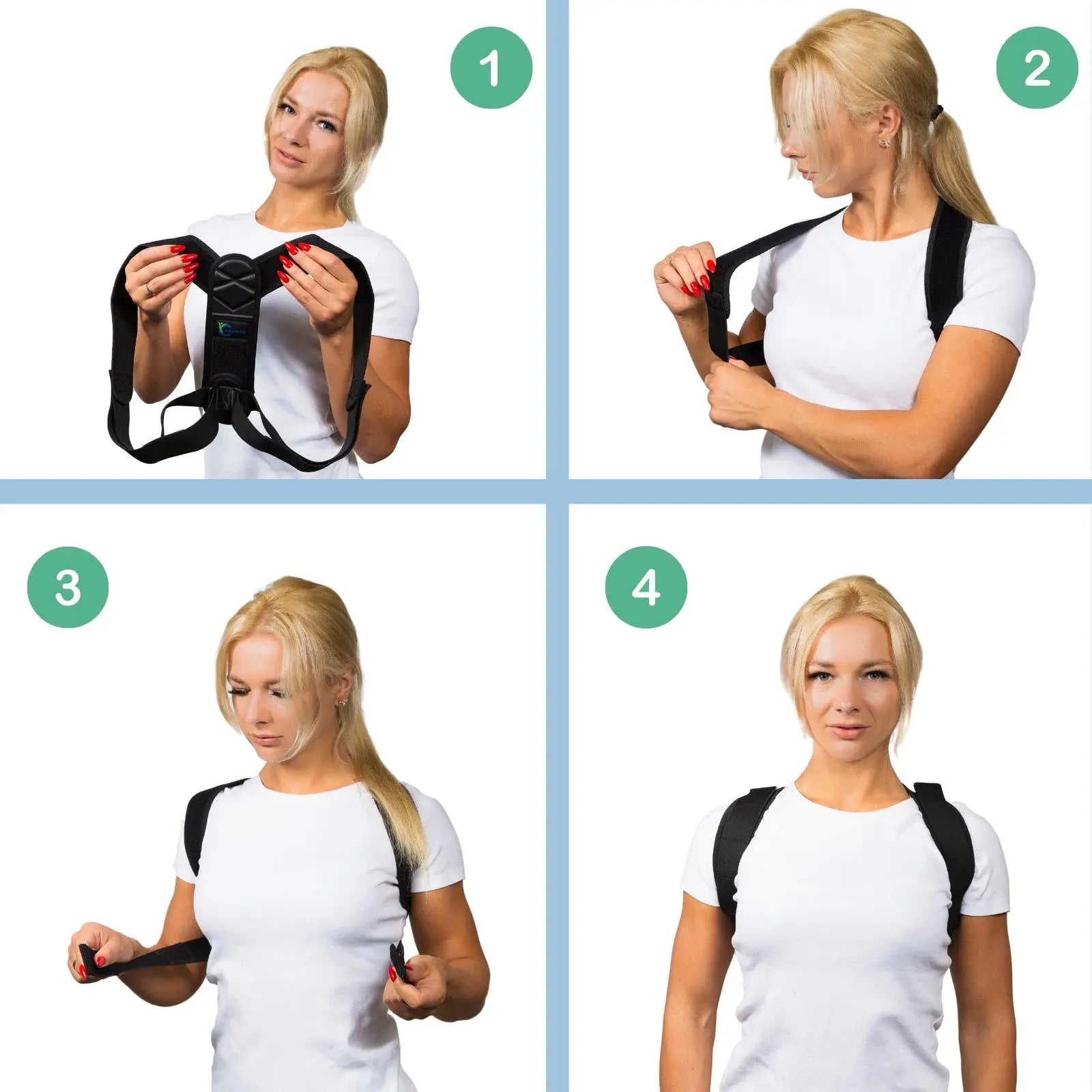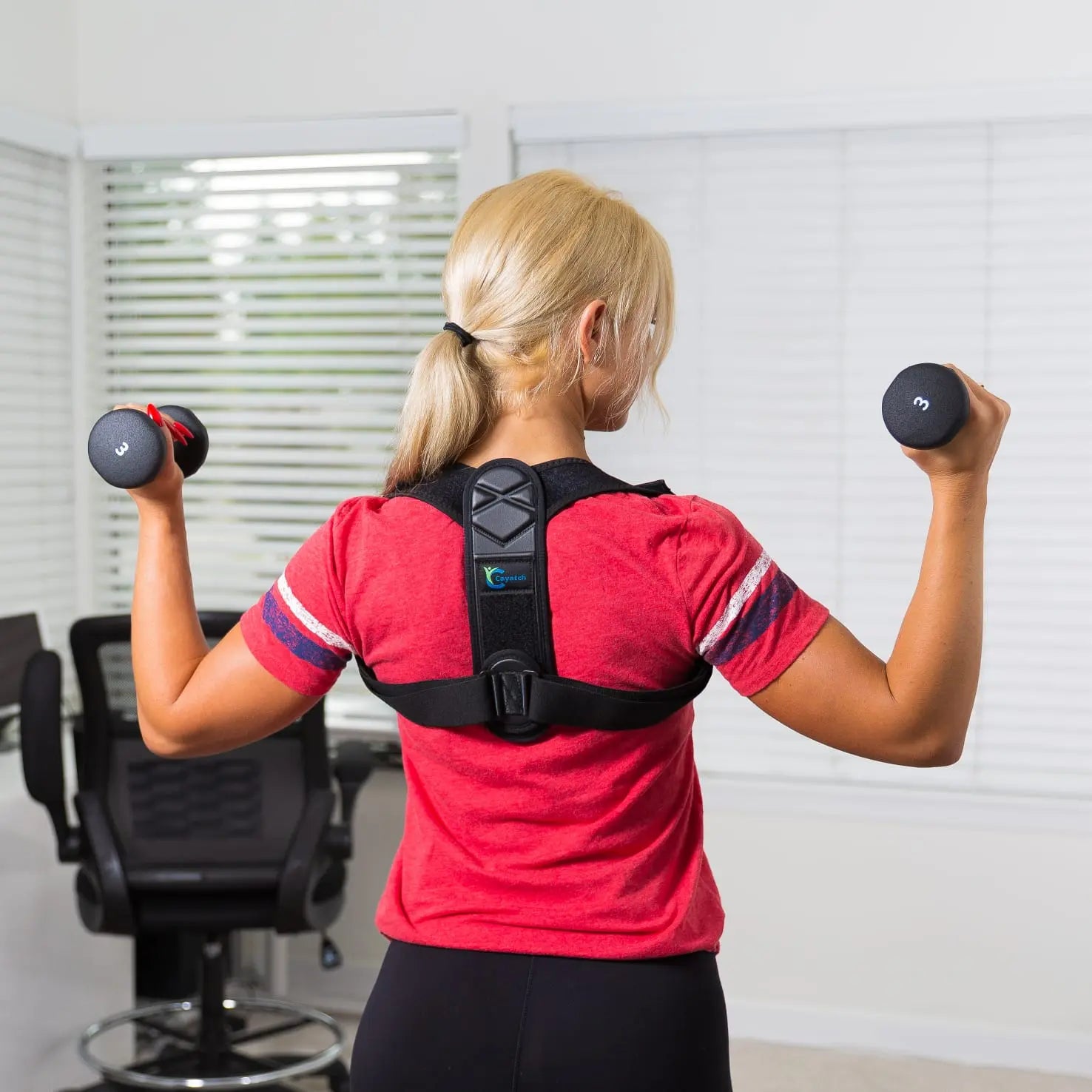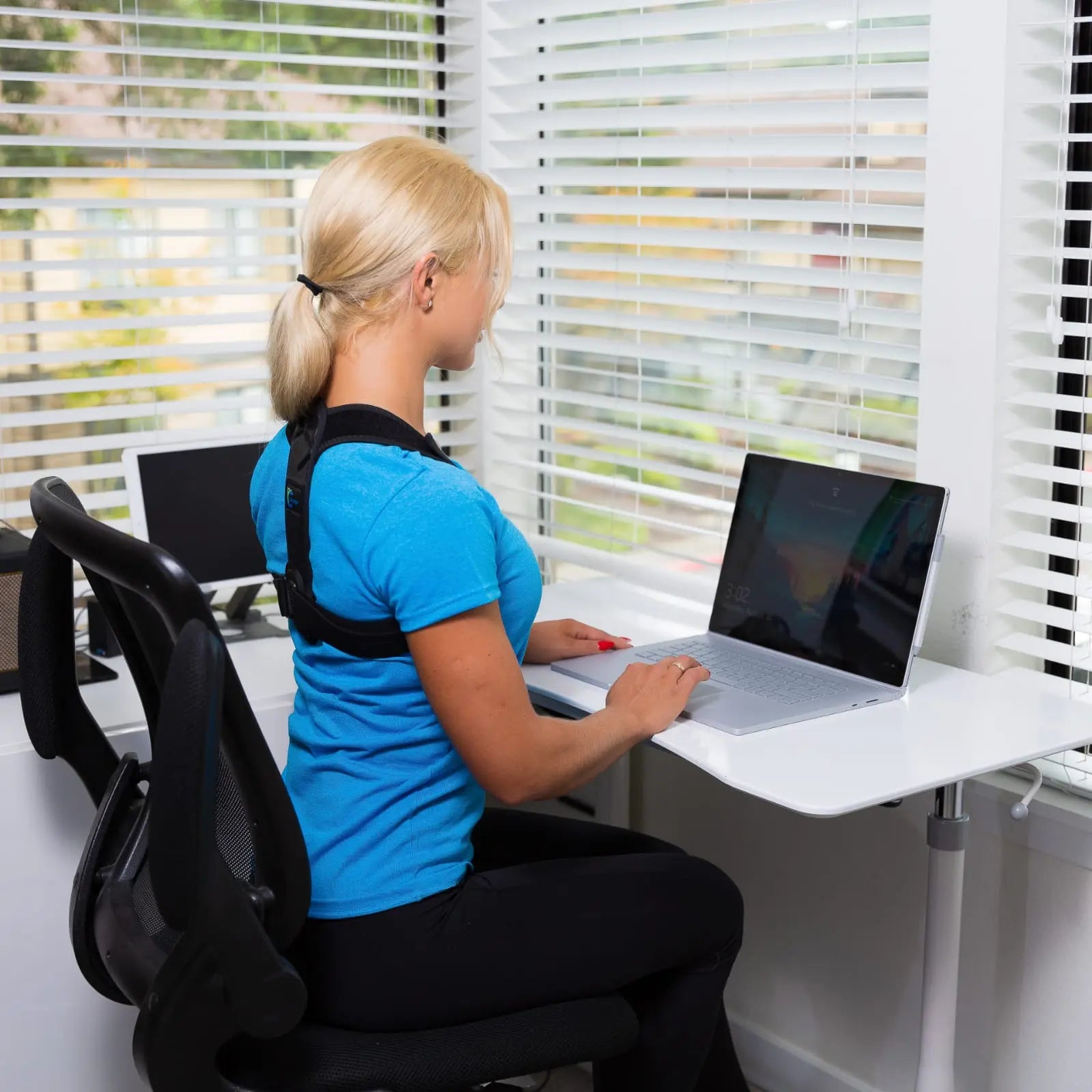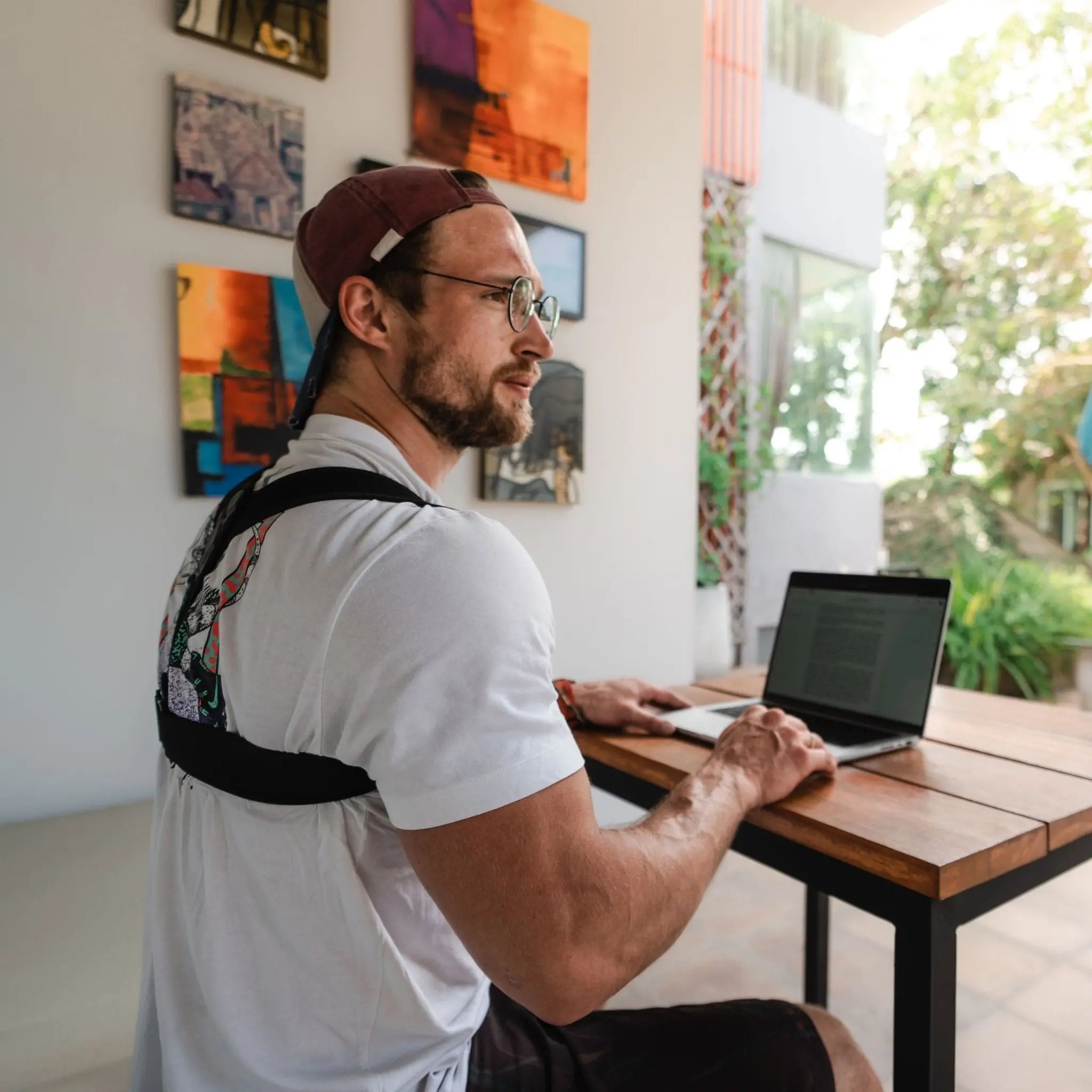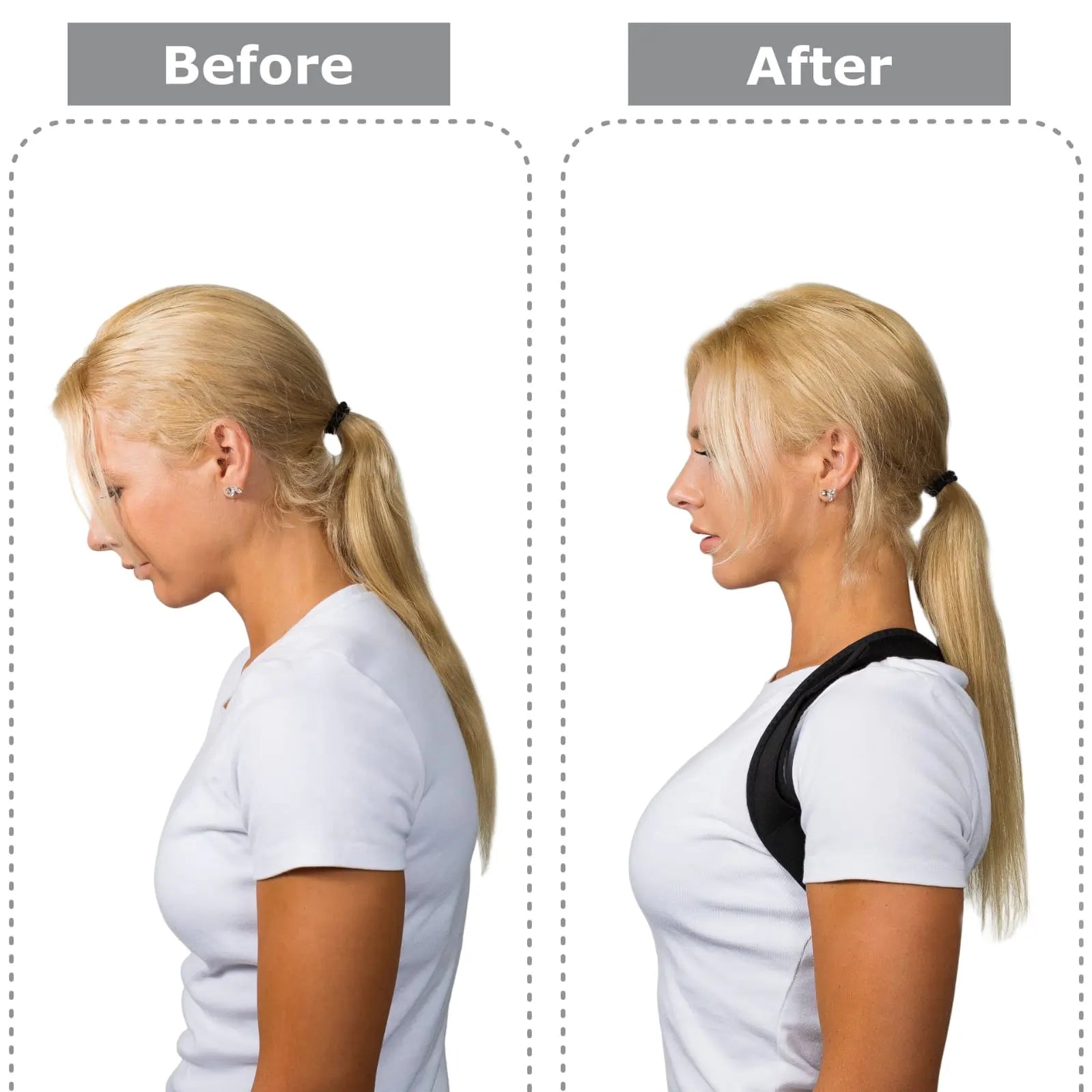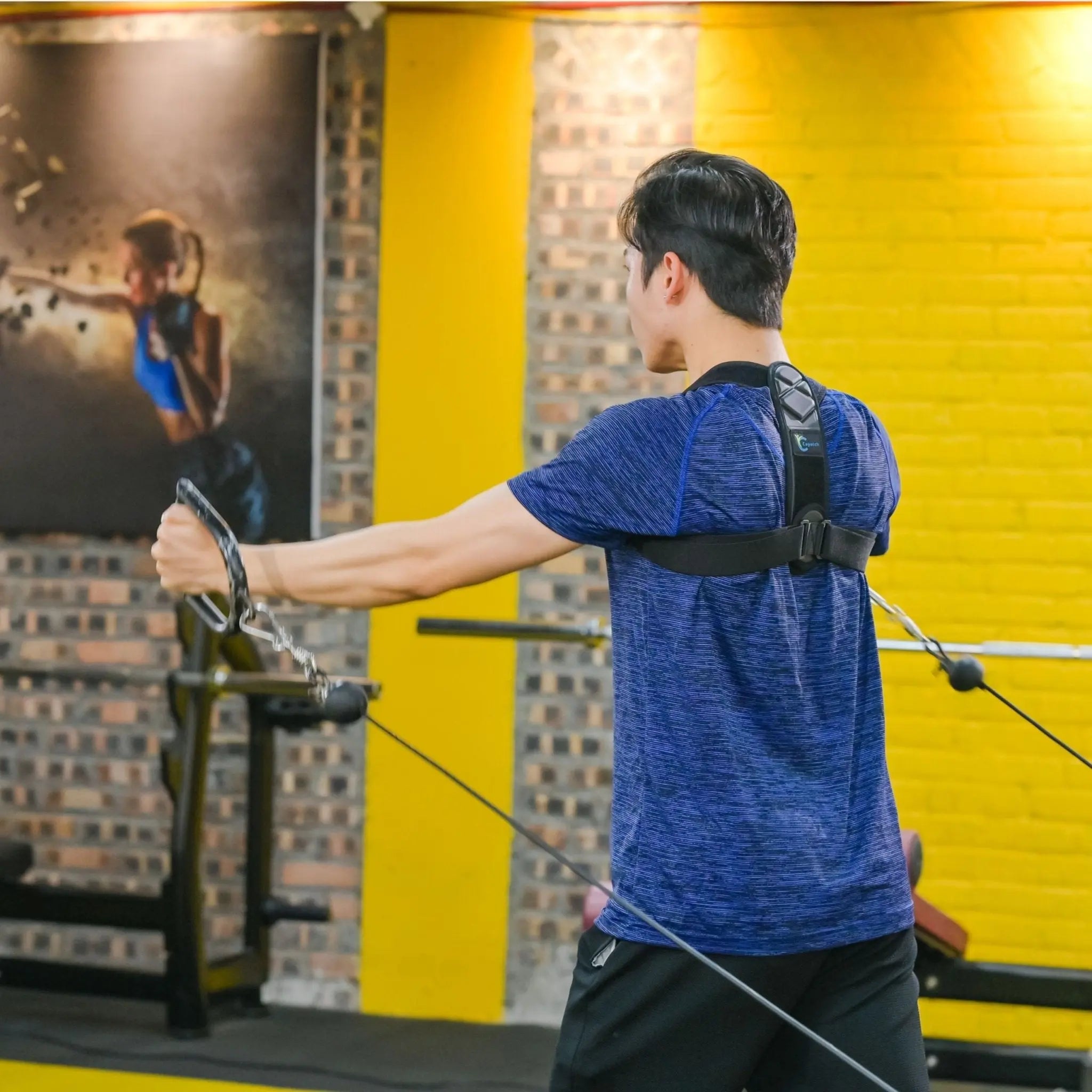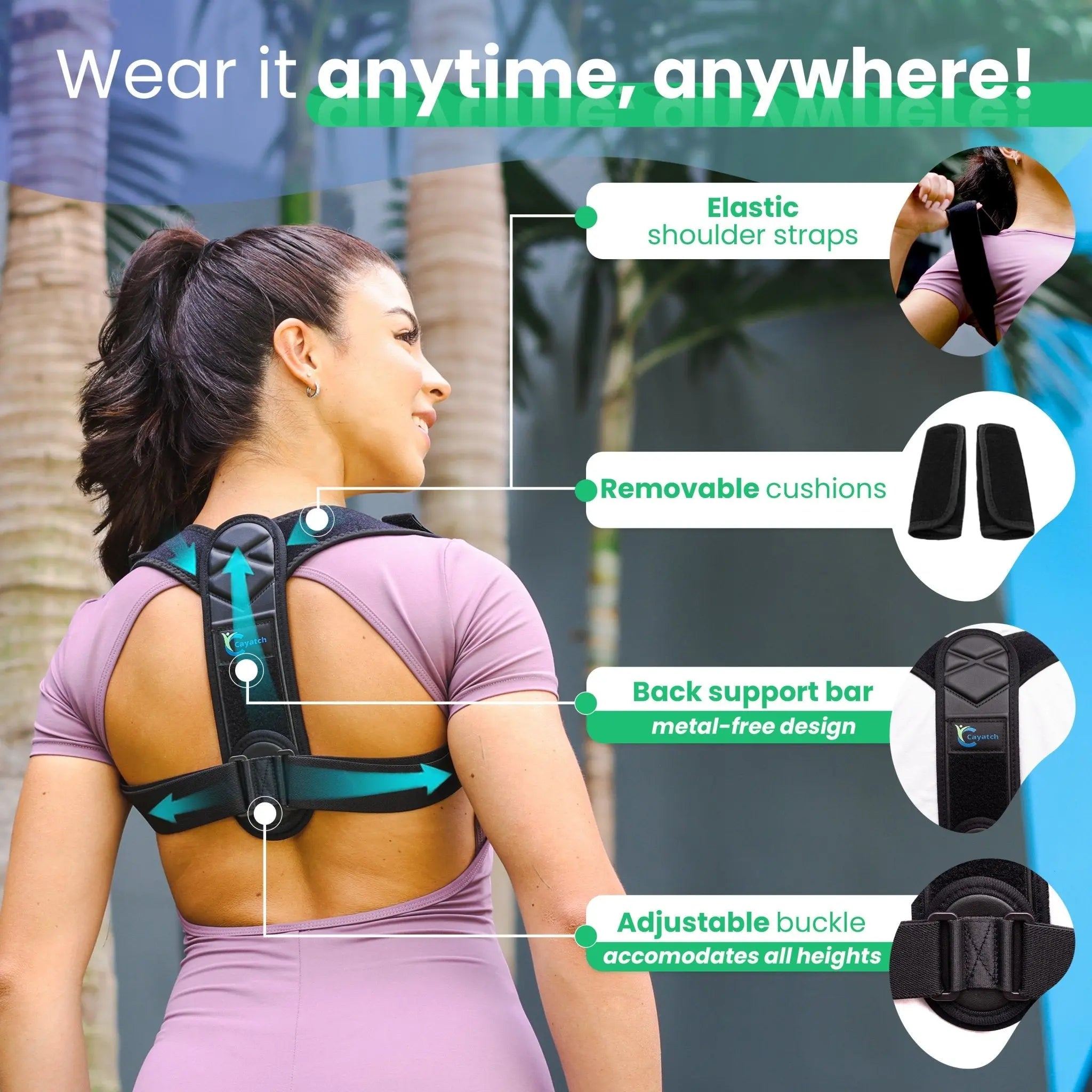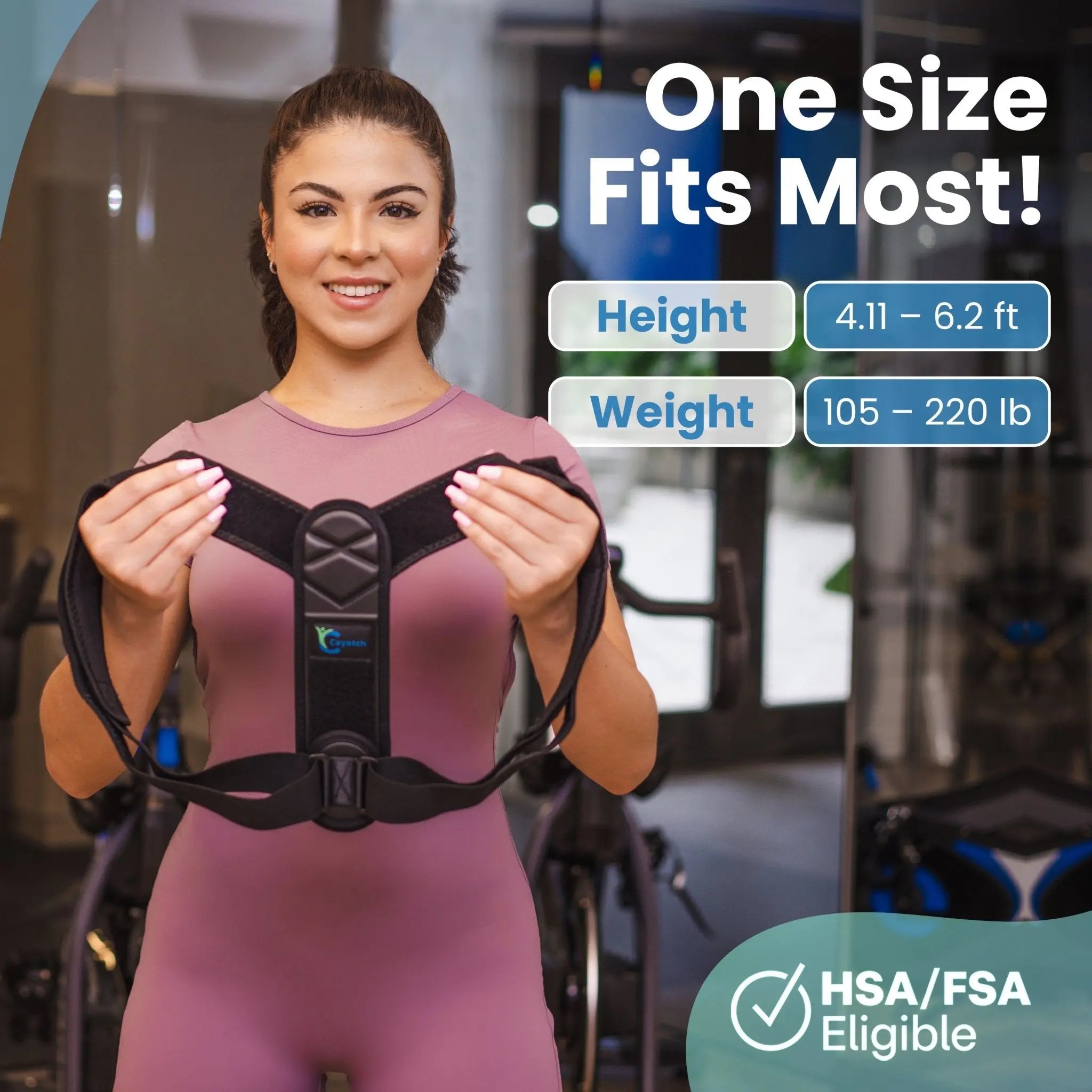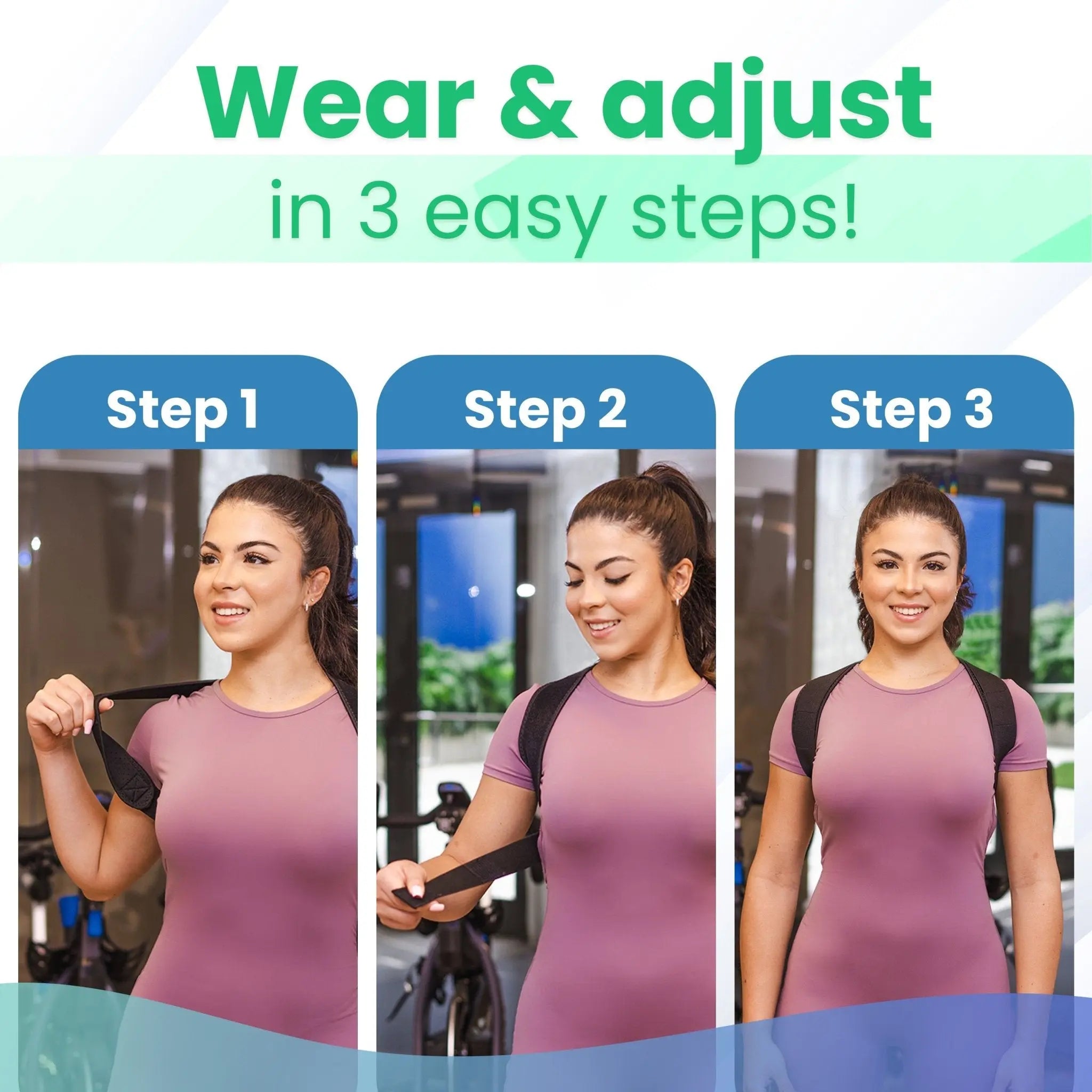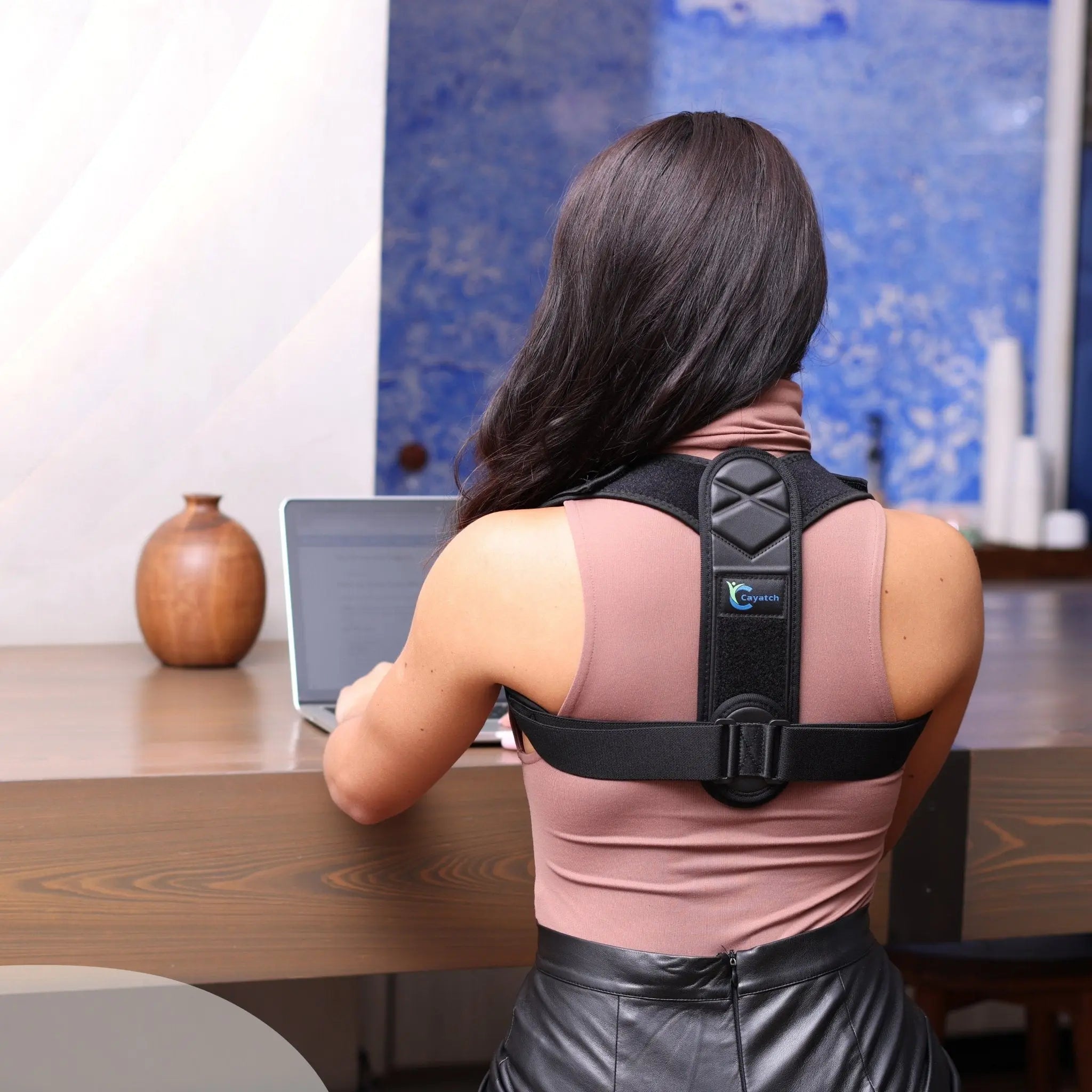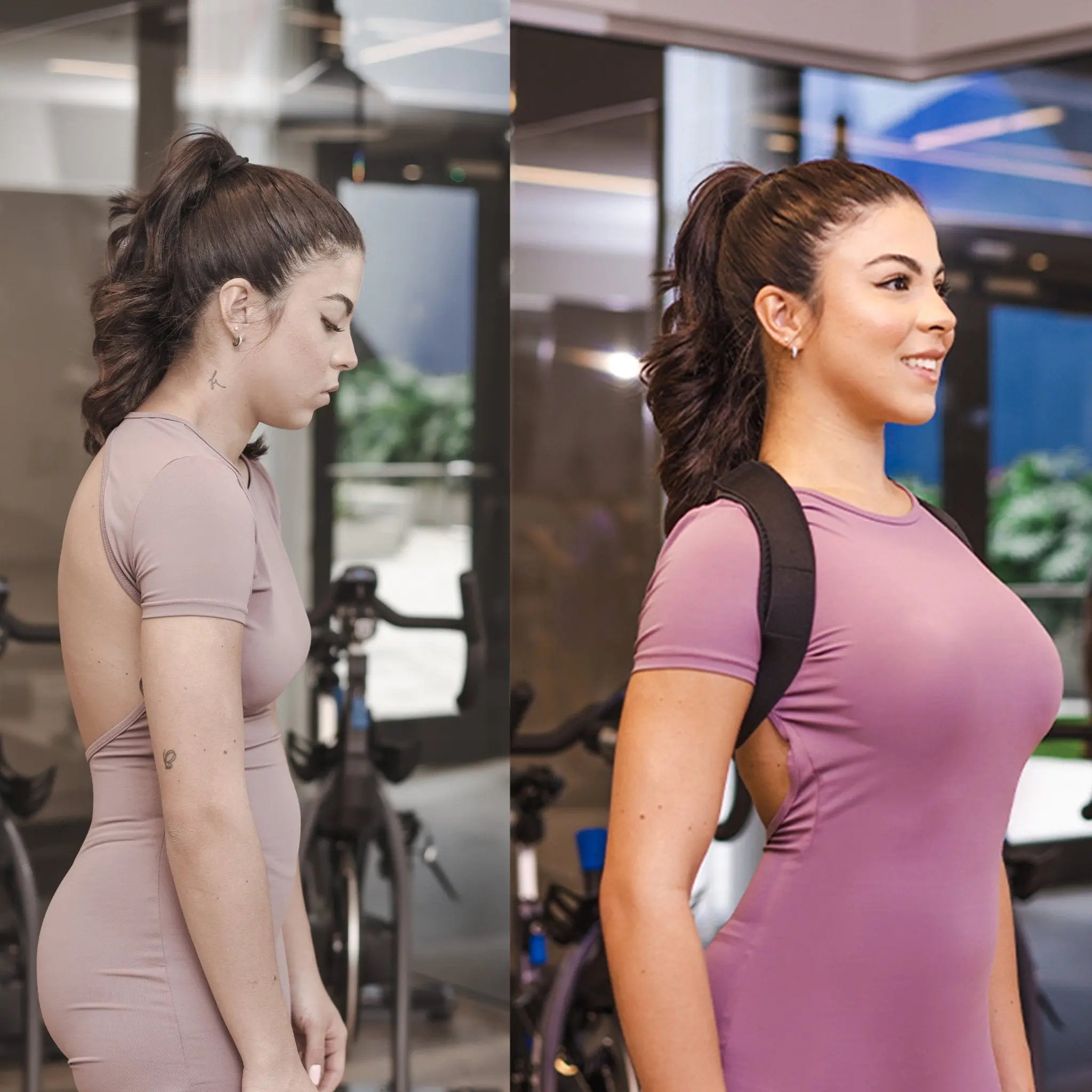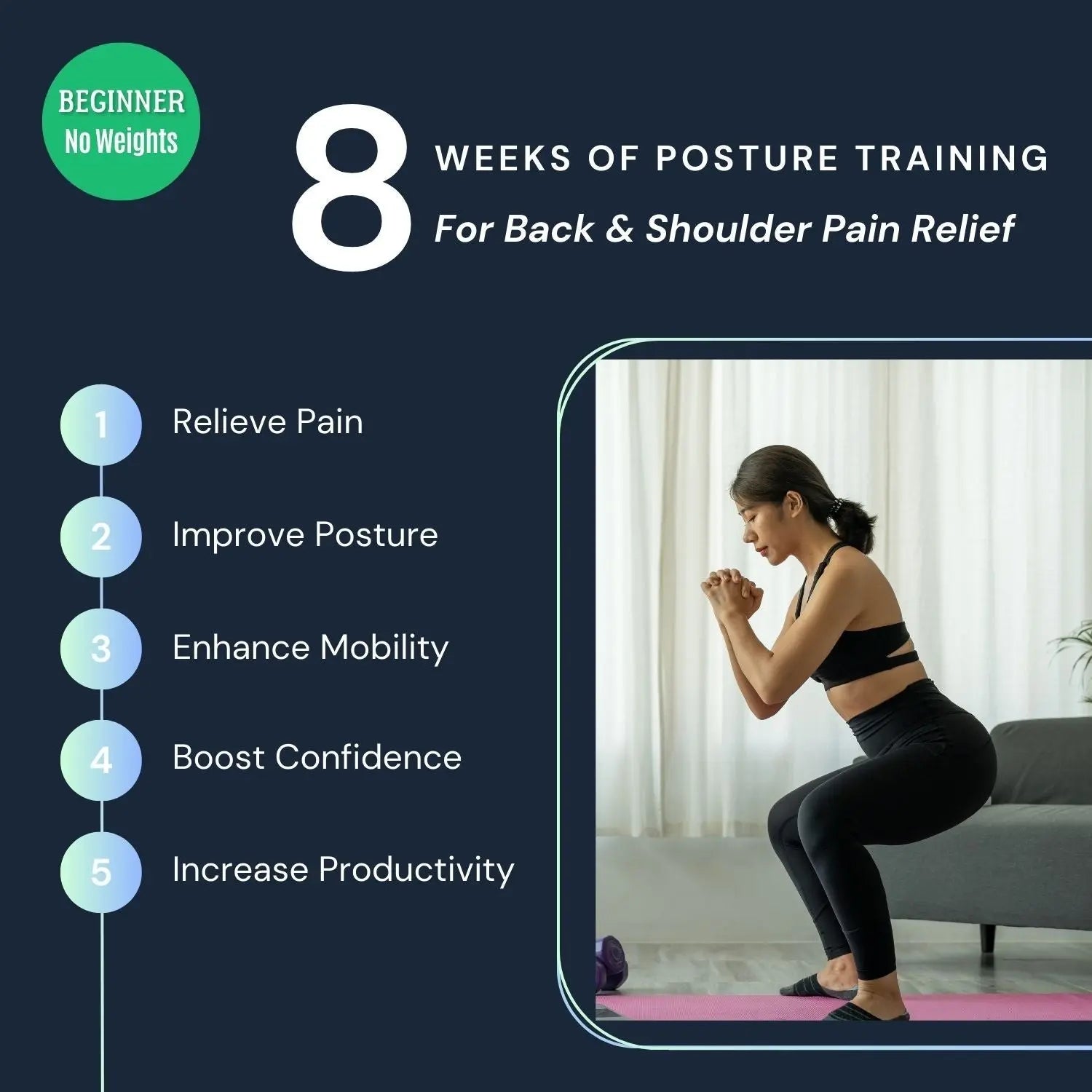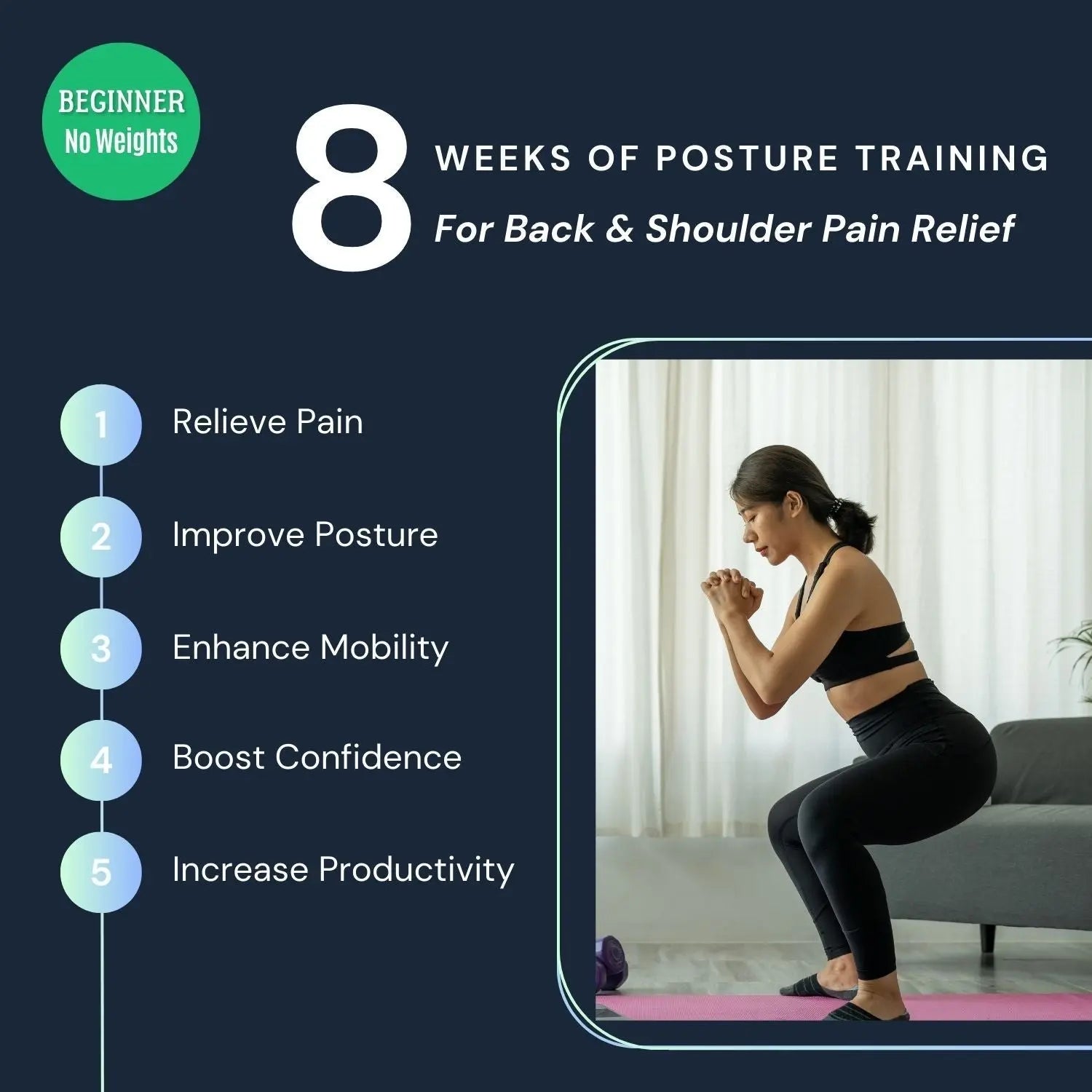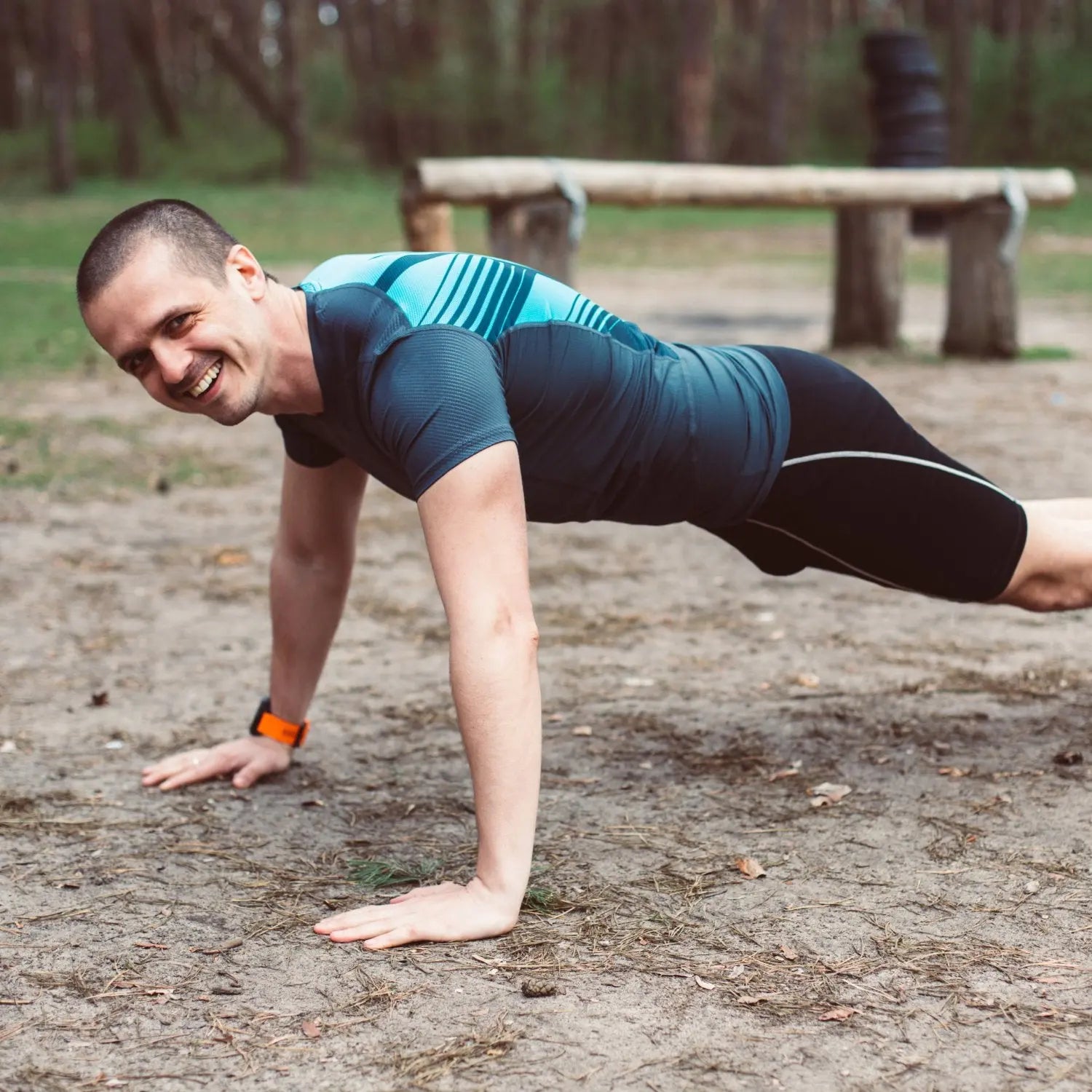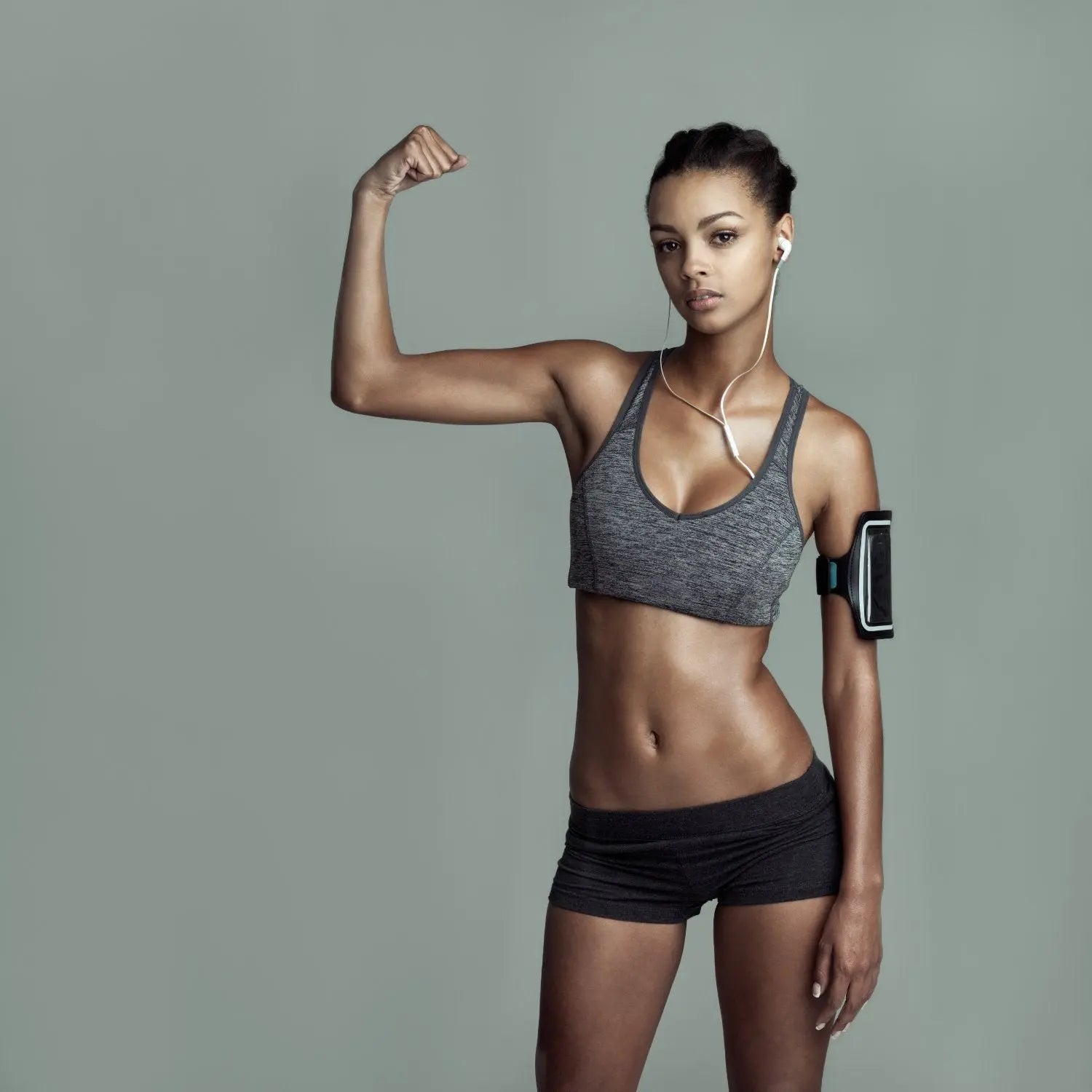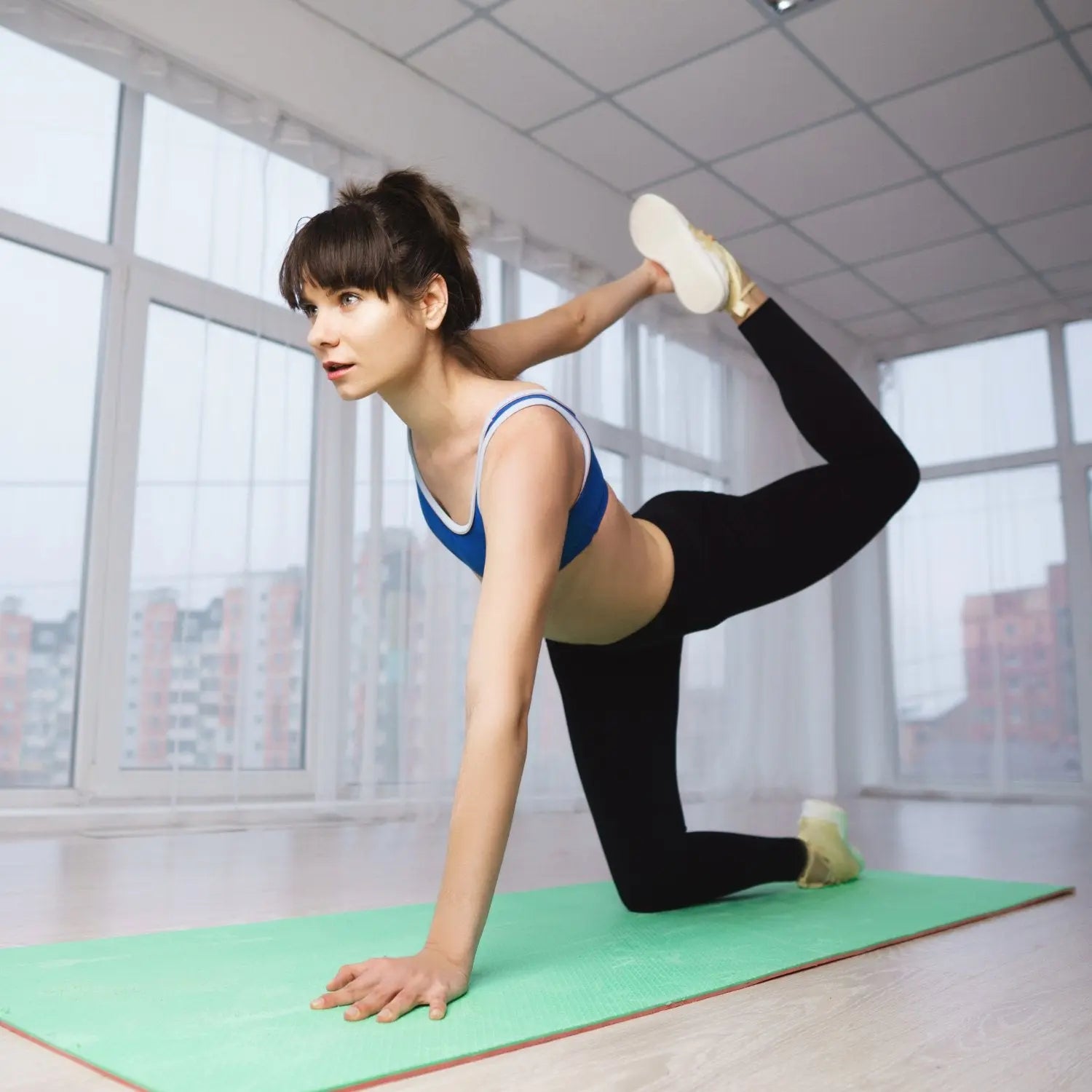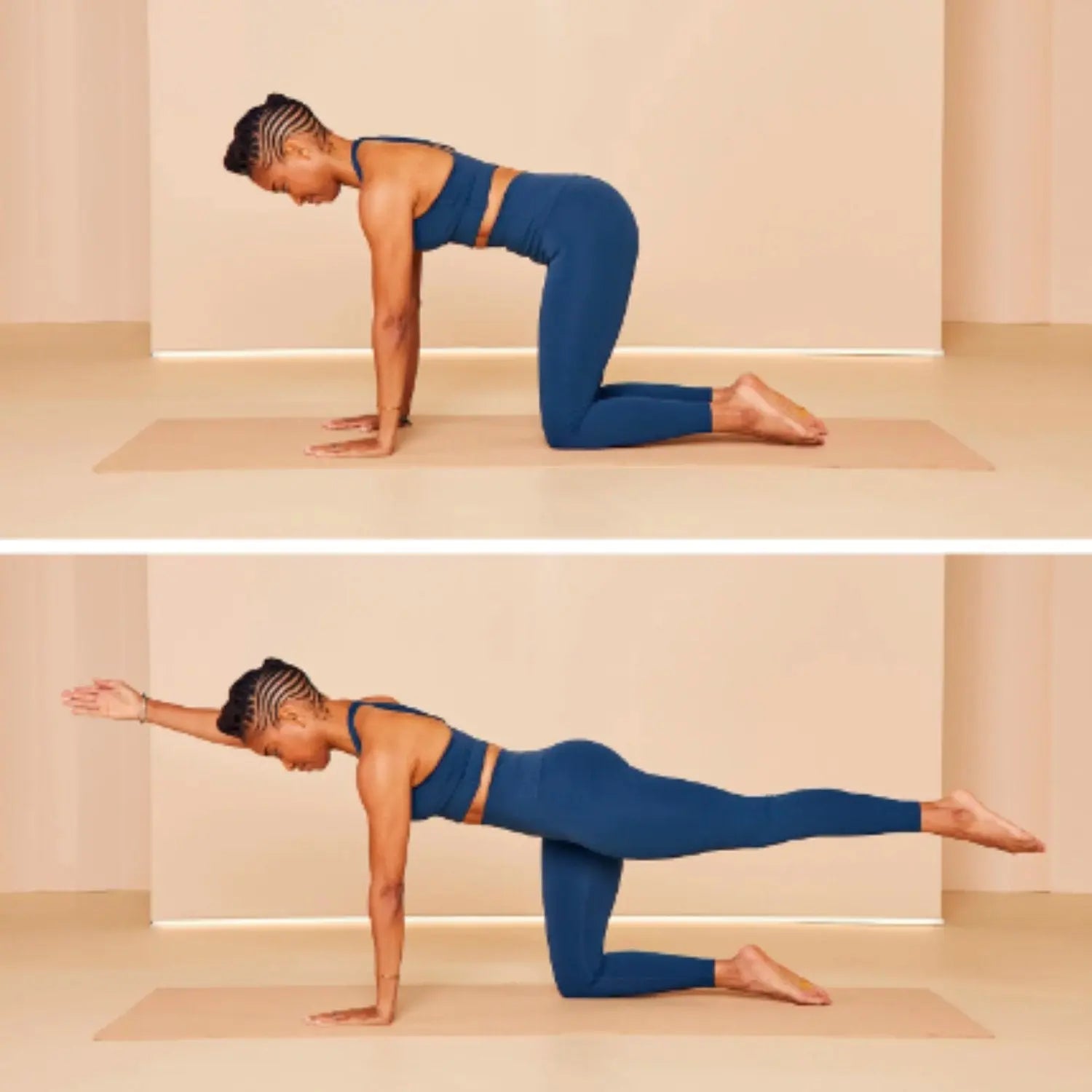Does Yoga Improve Posture? Use The Most Accessible Poses

Yoga is a centuries-old exercise that values mental and bodily health in both ways. Yoga is getting attention for its possible benefits in improving flexibility and relaxation and its possible role in bettering posture. Standing up straight is vital to your health and well-being.
A solid, straight posture makes you look stronger and more appealing. In this blog post, we’ll discuss yoga benefits, poses, and does yoga helps with posture, etc. So, stay with us to learn the relationship between yoga and posture.
Can Yoga Fix Your Posture?

Yoga is a balanced activity. “To increase flexibility, yoga is great for strengthening and stretching tough back muscles,” says Dr. Lauren Elson, medical editor of the Harvard Special Health.
Yoga's benefits go much beyond simple relaxation. Strength, flexibility, and body awareness are all parts of yoga that work together to make it useful.
Yoga helps people become mindful of their bodies, leading to better posture. People can correct any bad postural habits they may have over time.
Yoga focuses on core strength. Planks, boat, and warrior versions all work the core and back, which is great for stopping you from slouching.
Yoga promotes balance among agility and durability, which are key to good posture. Backbends and twists are all part of the yoga practice, and they help relax the spine and increase mobility.
Yoga is a full method for improving posture to promote a happier, straighter body.
5 Benefits of Improving Posture

Keeping your body in an upright position has many health advantages. Let's explore 5 benefits of improving your posture for your health and well-being. Here are these:
1. Enhanced physical health
Keeping bones in the correct positions will stress your muscles and joints less. Constant pain can be reduced, flexibility may improve, and health may be helped with this posture.
2. Increased self-confidence and self-esteem
A person with good posture seems confident. If you carry yourself with confidence and maturity, you'll affect how other people see you and improve your sense of who you are.
3. Better breathing and circulation
When you sit up straight, your chest expands, letting in more air and improving your breathing ability. This better respiratory capacity improves circulation, allowing more oxygen and nutrients to reach the tissues.
4. Lower risk of musculoskeletal issues
Musculoskeletal issues worsen by leaning and other poor posture habits. By keeping a normal position of the backbone and joints, you lower the risk of getting problems and other connected issues.
5. Enhanced mindfulness and body awareness
Regularly working on your posture is an excellent way to improve awareness of how your body is formed. Beyond the benefits to your body's balance, this greater awareness improves your mental state and health.
Keeping upright lowers the risk of health problems and boosts confidence, respiration, and awareness. Realizing the positive effects of proper posture, one may start on a path toward complete well-being.
7 Yoga Poses for Better Posture

These 7 yoga positions can help you look and feel better quickly. These exercises improve stability and mobility, allowing you to stand straighter and feel more at peace in everyday life. Here are these:
1. Mountain Pose (Tadasana)
Tadasana, or Mountain Pose, is one of the earliest and most basic yoga postures. Stand straight with both feet close and your weight split equally between them.
Feel the strength rising from the soles of your feet and filling your whole body before it reaches the top of your head.
Instructions:
- Put your feet close, but your heels should be a little apart.
- Balance your weight equally on both feet.
- Tighten your leg muscles and raise your chest upward.
- Put your shoulder down.
- Keep your arms out to the sides, palms straight forward.
- Put your feet gently on the floor.
- Keep your back straight and your pelvis level.
- Keep your focus forward, and take a few deep breaths.
2. Downward-Facing Dog (Adho Mukha Svanasana)

Yoga's Downward-Facing Dog develops and grows all the major muscle groups, especially the back, shoulders, and thighs. This pose is great for easing back pain, straightening the back, and improving the core and higher torso.
Instructions:
- Position yourself in a position on the table on your palms and knees.
- Raise your thighs to the top and stand up straight.
- Keep your hands out in front of you, shoulders apart.
- Then, spin the inside of your elbows to each other while you push both hands into the ground.
- To activate your core, bring your belly button in nearer your spine.
- Flex the hamstrings by pressing your feet to the floor.
- Put your head in the center of your arms and let your neck hang loosely.
- Keep a straight path from the wrists to your thighs and your feet.
3. Warrior II (Virabhadrasana II)
The standing position of Warrior II is an excellent way to improve your posture and leg stability. This pose improves stability and attention while increasing the straightness of the backbone.
Instructions:
- Start in an upright position, with your feet hip-width apart.
- Take a backward step with your right foot while keeping the other foot to the ground.
- Stretch your arms down at your sides, palms towards the ground.
- Make sure your ankle and front knee form an angle of 90°.
- Maintain a neutral neck and shoulder position and a forward chest opening.
- Extend your eyes over the tips of your fingers.
- Use your abs to hold yourself steady.
- Put your feet gently on the floor.
4. Cobra Pose (Bhujangasana)

The benefits of the backbend, known as "Cobra Pose," include better posture, a more flexible spine, and a more open chest. Cobra Pose is beneficial for your posture and your lower back.
Instructions:
- Spread your legs out before you and place their soles on the ground.
- Position both hands below your shoulders with your fingers stretched.
- Raise your chest, tighten your abs, and press down firmly on your hands.
- Elbows should be bent slightly and kept close to the torso.
- You may open your chest by drawing the shoulders back and down.
- Expand your neck and look forward.
- Squeeze your foot soles into the mat.
- Maintain the position for 20 seconds while taking deep breaths.
5. Child's Pose (Balasana)
Yoga's Child's Pose is a relaxing way to stretch your spine, hips, and thighs. Bend your knees, sit on your feet, and reach your arms forward so your forehead touches the ground.
This pose leads to calmness, helps relieve stress, and supports natural spine stretch.
Instructions:
- To begin, get down on your knees with your feet together and your knees a little apart.
- Raise your arms in front of you and lean back on your feet.
- Put your head down on the floor mat and relax.
- Maintain a stretched, forceful stance.
- Lower the shoulders and allow your upper body to fall to the floor.
- Keep a light pressure on your hips back to your feet.
- Improve your breathing and feel the ribs expand.
- Keep this stance for a few minutes to help you relax.
6. Cat-Cow Pose (Marjaryasana-Bitilasana)

The dynamic pattern of cat-and-cow strengthens the spine and helps versatility and posture. To get into the table position, get down on both knees. Cat-Cow is a great way to stretch your back and improve your posture.
Instructions:
- Position yourself in a position on the table on your palms and knees.
- Exhale as you bend forward from the hips and look upward while dropping your stomach.
- Relax your shoulders, pull your chin in, and pull your belly button into the back as you breathe.
- Move among Cat and Cow, aligning every move with your breath.
- Slowly and carefully perform the actions for another minute or two.
- Pay attention to the flexibility of your spine and the timing of your breaths.
7. Bridge Pose (Setu Bandha Sarvangasana)

In addition to improving your posture, the Bridge Pose also helps to strengthen your spine, glutes, and thighs. The benefits of Bridge Pose include a more open chest and a straighter spine, both hampered by sitting for a long time.
Instructions:
- Position yourself on your back, knees bending, feet hip-width spread.
- Hold your arms at your sides, hands down.
- Exercise force by your toes and raise your hips.
- Put your hands behind your head and drop your shoulders down and in.
- Keep your legs in a straight line and your core tight.
- Open your mouth by bringing your chest up to your chin.
- Maintain the position for 20 seconds while taking deep breaths.
- Bring your hips down to the ground.
You may improve your posture, elasticity, and power by working these yoga positions into your daily routine. Always relax, take slow, deep breaths, and remain mindful.
How to Get Started?
Simple positions that highlight posture and flexibility are ideal for starters. Start with basic postures to understand where your body is in space.
The core strengthens, the straight spine, and the back and shoulders open up. All these help improve posture.
Creating a long-lasting belief in yoga needs setting specific goals. Far from mastering difficult postures right away, it's better to improve your form and stay steady.
Spend some time practicing every day. If you want to track changes in your posture over time, you need to be regular.
Your yoga practice can benefit greatly from working with an expert. A good instructor may give specific advice, fix your form, and develop a practice that fits your unique needs and concerns. Take private lessons to avoid frequent errors and get the most out of this.
Recommended post: Does push ups help posture
Frequently Asked Questions (FAQs)
How long does it take for yoga to improve posture?
You can see visible changes in your posture if you practice yoga consistently for only 30 days. But you need to set a routine and stick to it.
Can daily yoga improve posture?
Yes, daily yoga can improve your posture and ensure other benefits. You will gain more flexibility in your body while mastering stress management better than before.
Does yoga fix neck and posture?
Yes, yoga fixes neck and back posture while giving your body the benefit of being in the proper alignment.
Is yoga better than gym?
When your target is to improve your posture and get more strength, yoga is a good choice for you.
However, yoga is not appropriate when you want to build muscles and improve your appearance.
Finishing Up
Yoga helps with posture. That should be the belief of today. Yoga seems to be a useful activity to improve spinal posture and overall health. The basic causes of bad posture are targets yoga's flexible way, which works body postures, breathing awareness, and attention.
Yoga's focus on the brain-body link creates a greater awareness that might help you keep bad postural habits away. Yoga's many benefits, like the growth of a feeling of well-being and a change in posture, make it worthy of achieving this aim.






















